Waaaaay back in 1816, Captain William Ross brought 172 soldiers and their families to establish the settlement after six companies of Nova Scotia Infantry were disbanded from Halifax.
https://rossfarm.novascotia.ca/
The farm was a working farm from 1816-1969. Five generations of Ross families lived and worked on the farm. In 1969 the property was purchased by the New Ross District Museum Society. The last of two remaining Ross’s was living on the farm. All she asked for in return was a home “in town” with running water, heat, electricity, and a stove with an oven. Up until 1969 she had had none of those luxuries. Today the farm is run as if time had stopped in the early 1800’s.
One Room Schoolhouse In the winter, the older boys were expected to arrive at least an hour early to start the fire in the pot bellied stove. Kids used real slate to write on slate boards and of course all kids learned in the same room. The one room schoolhouse taught Kindergarten to grade 10. After that, usually the kids just went to work on the family farm or they could attend the high school across “the way.”
Teachers had very strict codes back then. They could not be seen out and about after dark. They had to arrive early to school to fill the oil lamps. They whittled the pens for each student being careful to make each pen just the way each child liked it. They could not drink nor smoke. They had to keep a neat appearance. There were other rules, but you get the idea-teachers taught and that was it.
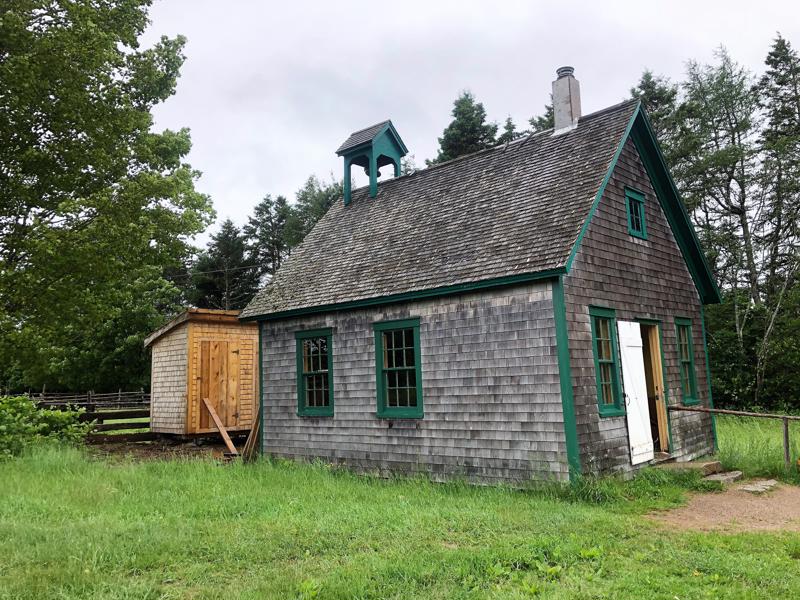
See the washrooms? 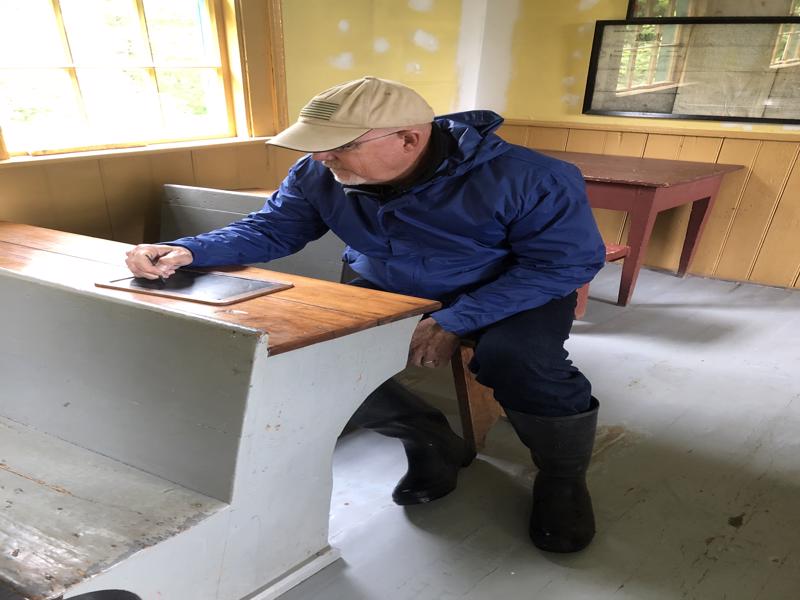
Zoom Zoom learning his ABC’s 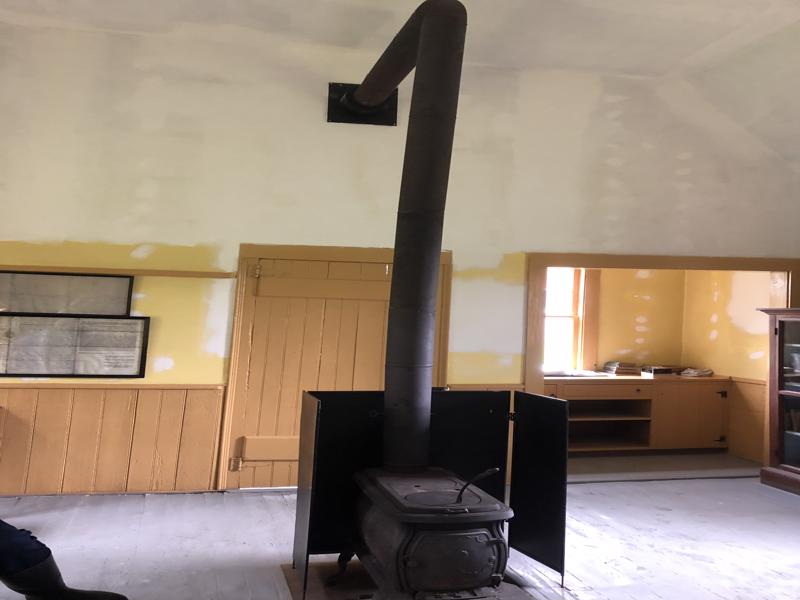
Pot bellied stove 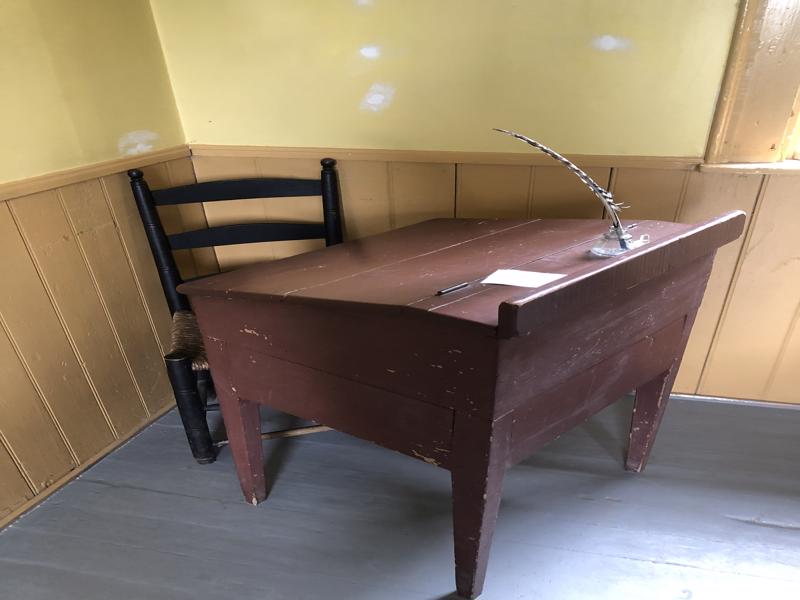
Teacher’s desk 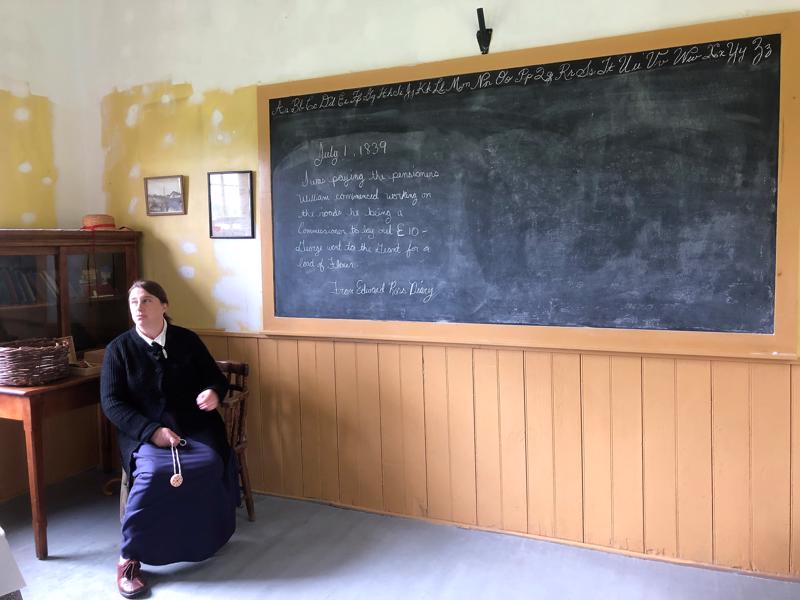
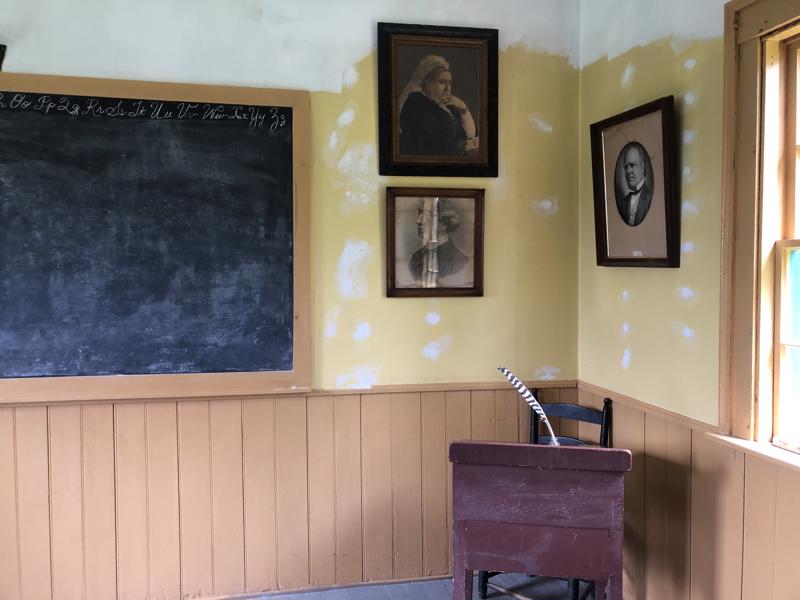
Farm Animals Animals are a big part of farm life. They used oxen and horses to plow the fields. The day before we were there the calf was born and mamma pig had 8 babies 5 weeks before. There was a lamb,but we didn’t go see it the fields and paths were MUDDY!
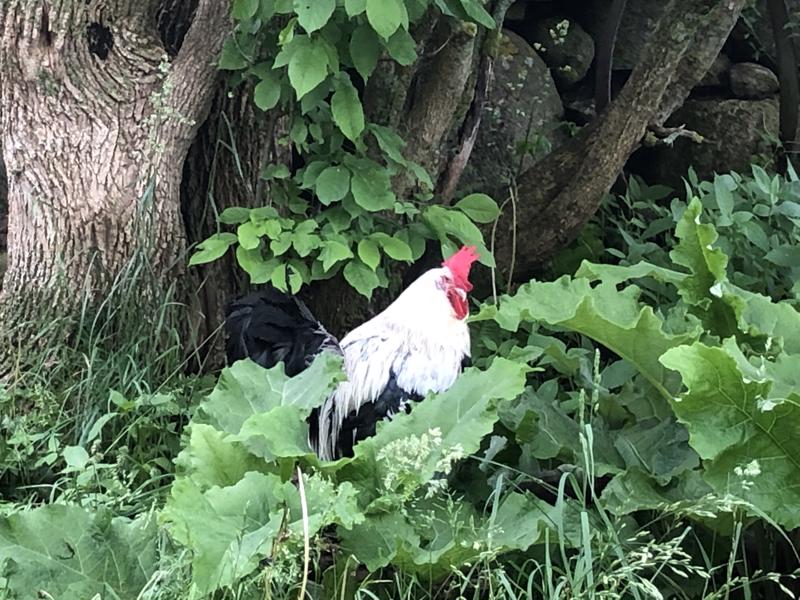
Free range chickens 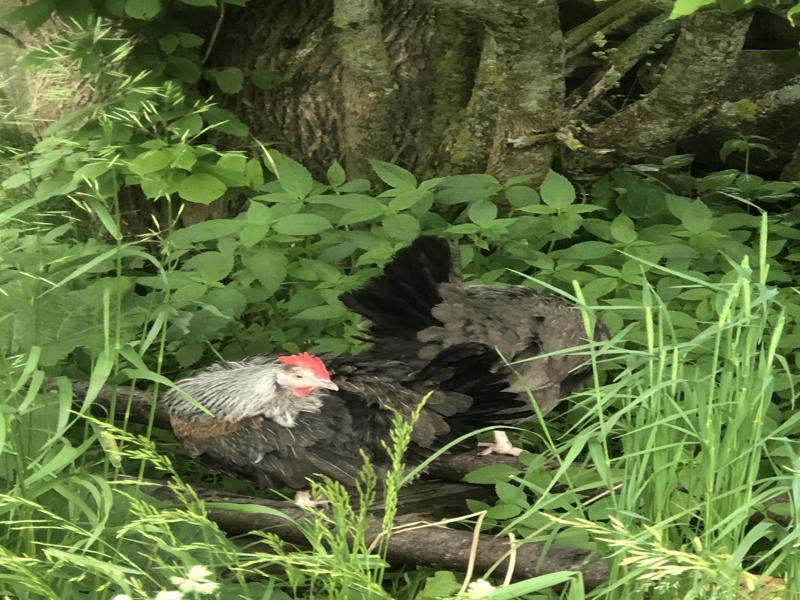
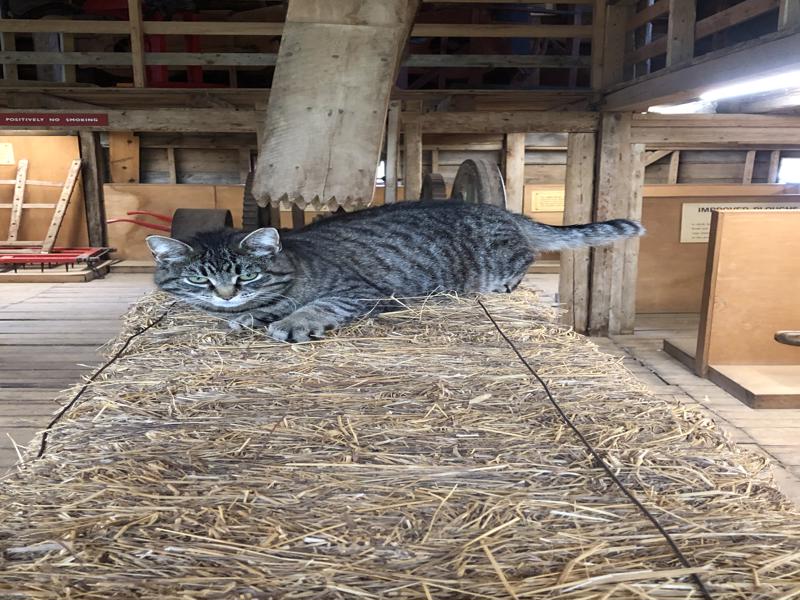
Barn cat 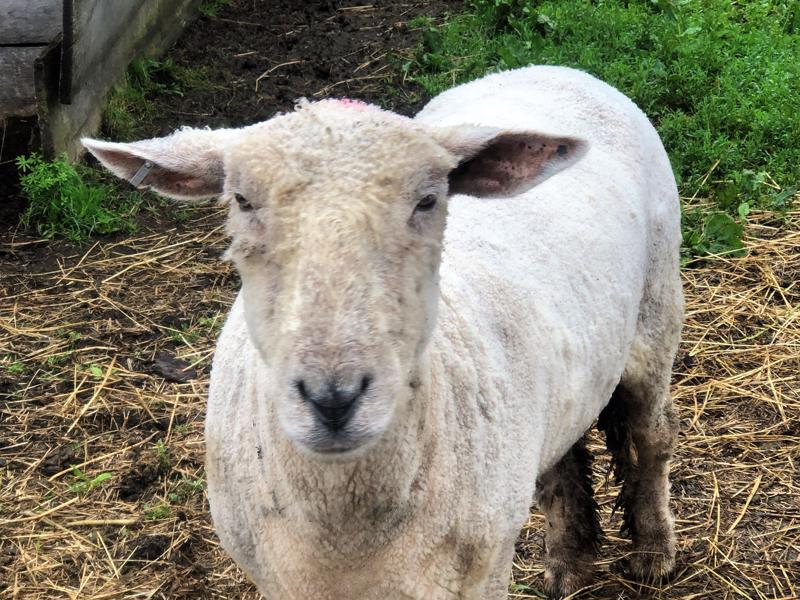
Baa! 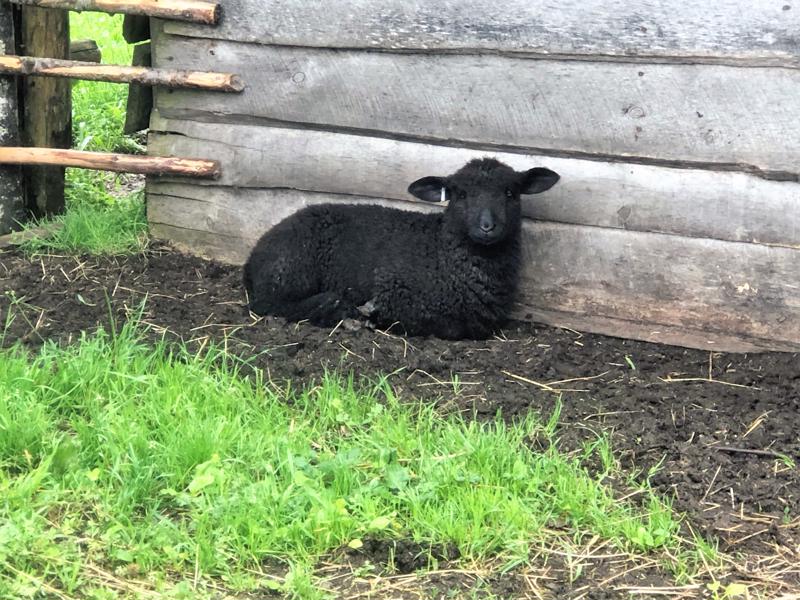
Baa Baa Black Sheep 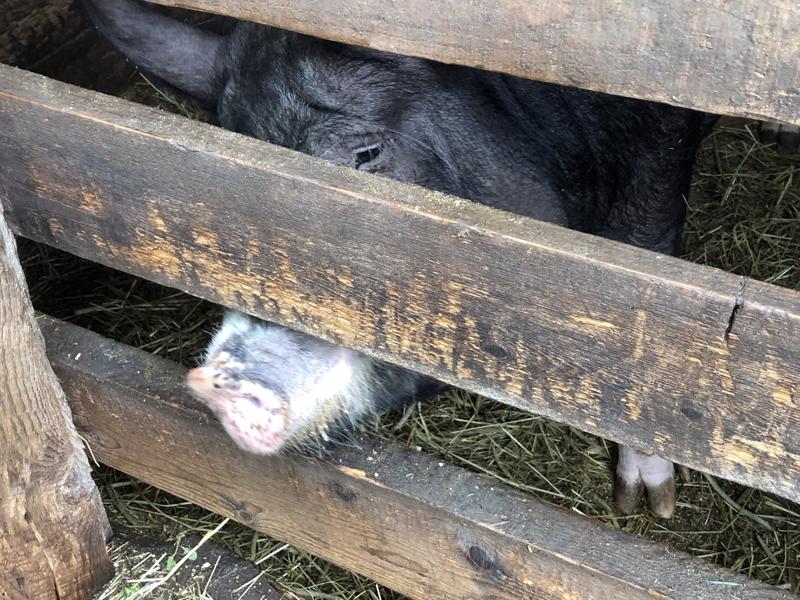
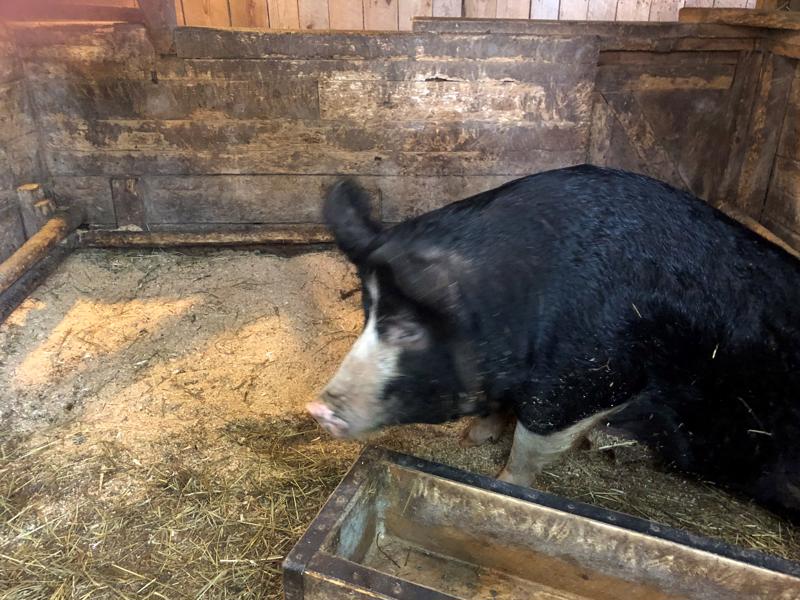
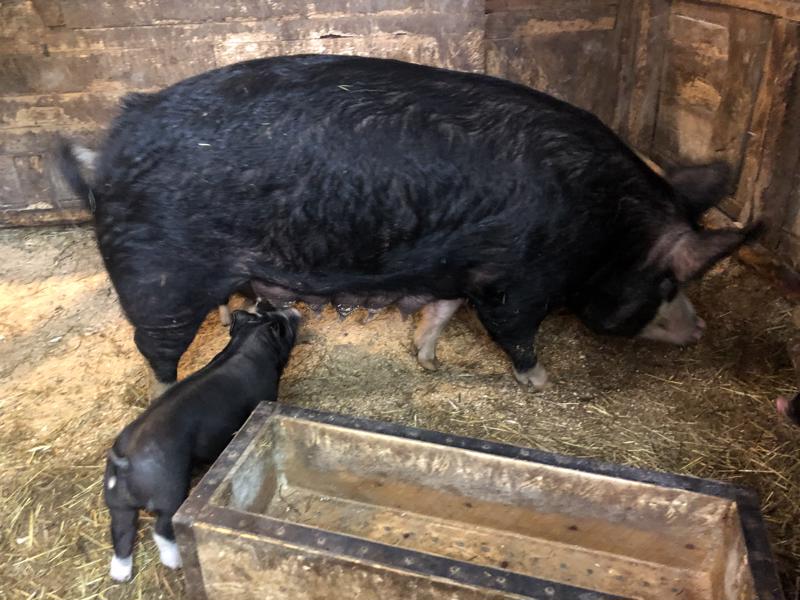
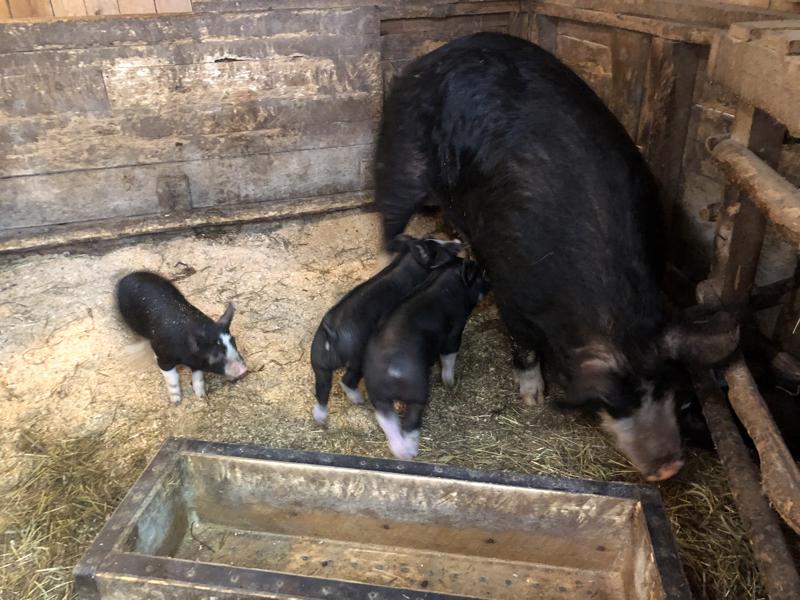
Feed us! 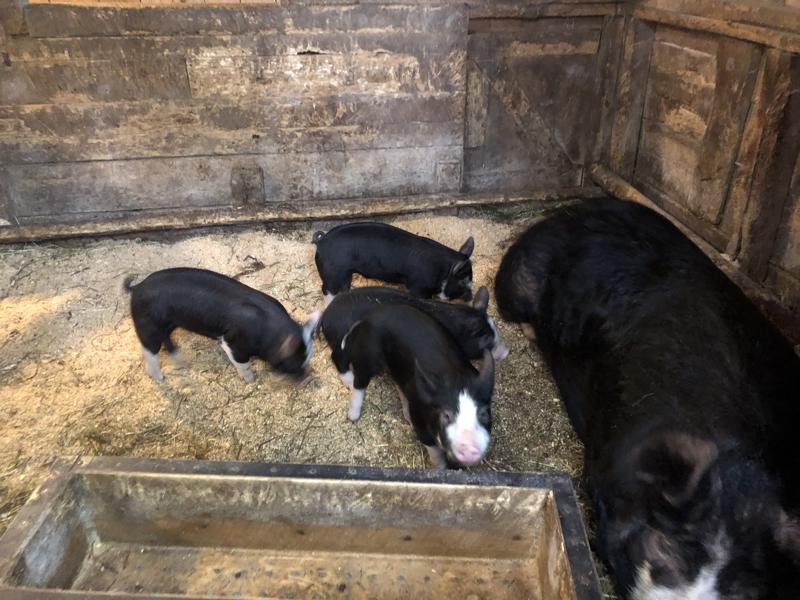
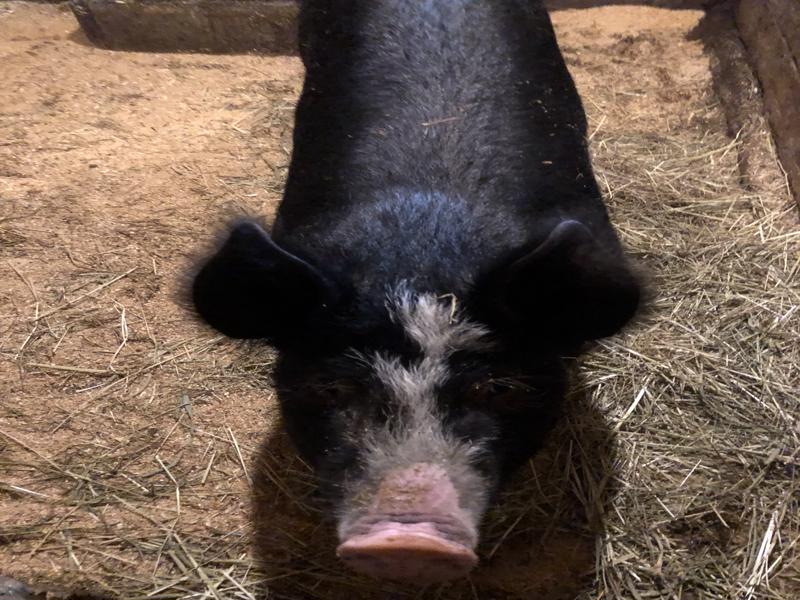
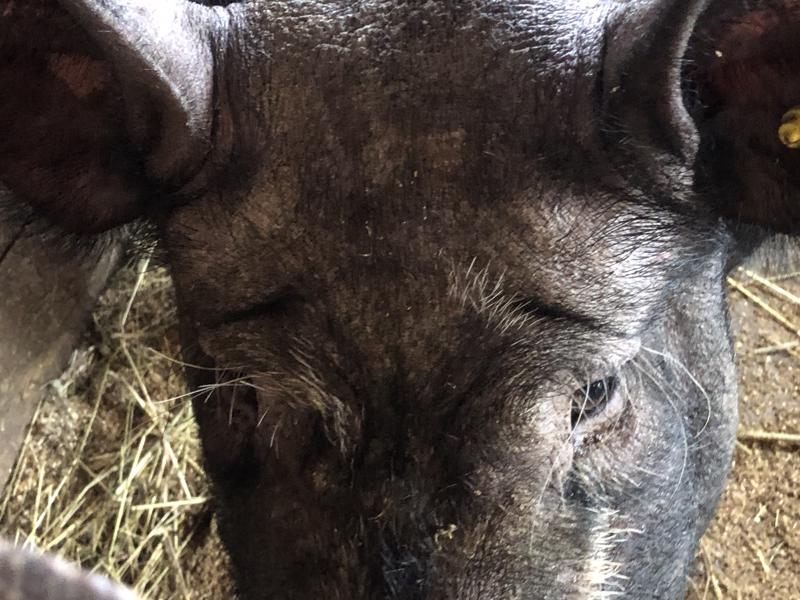
He loved scratches! 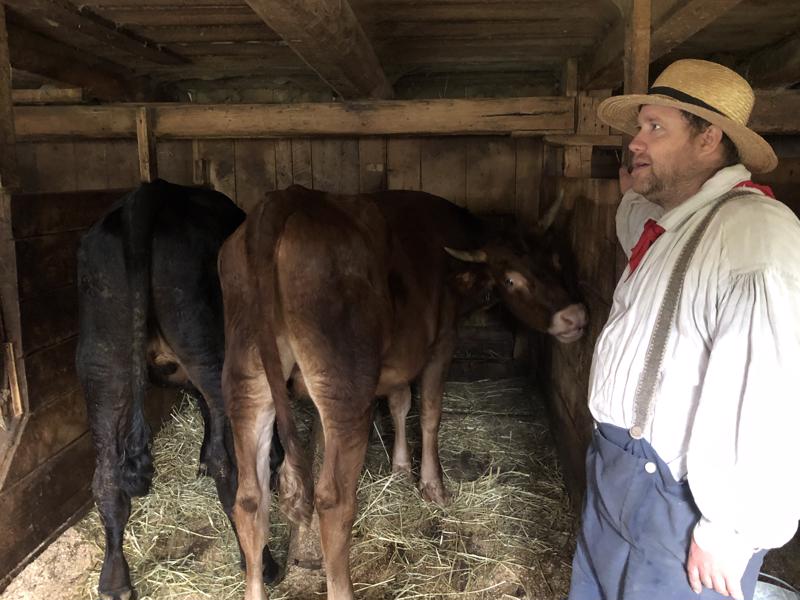
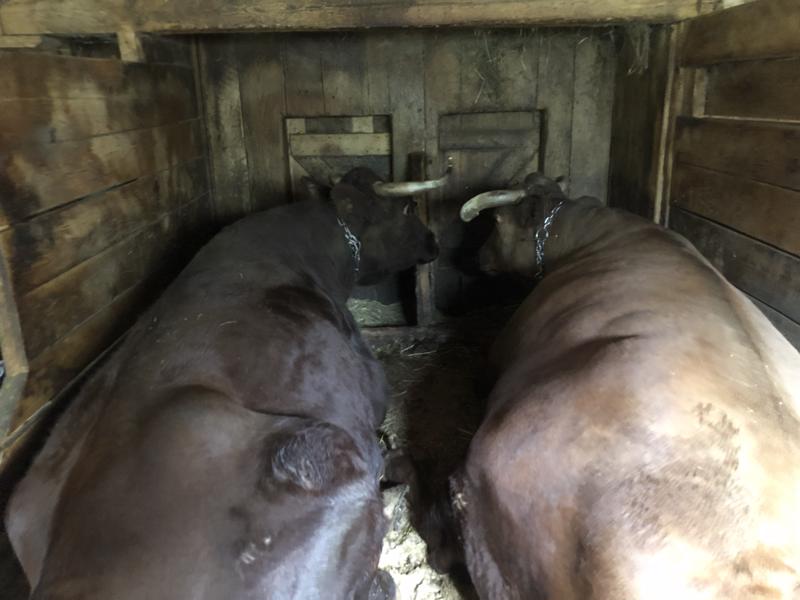
Oxen to plow the field 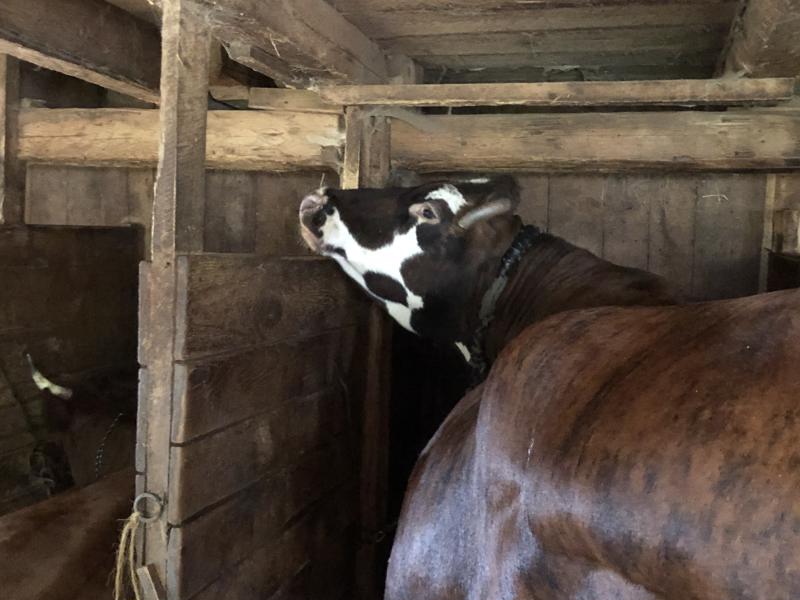
I give milk if I have a calf 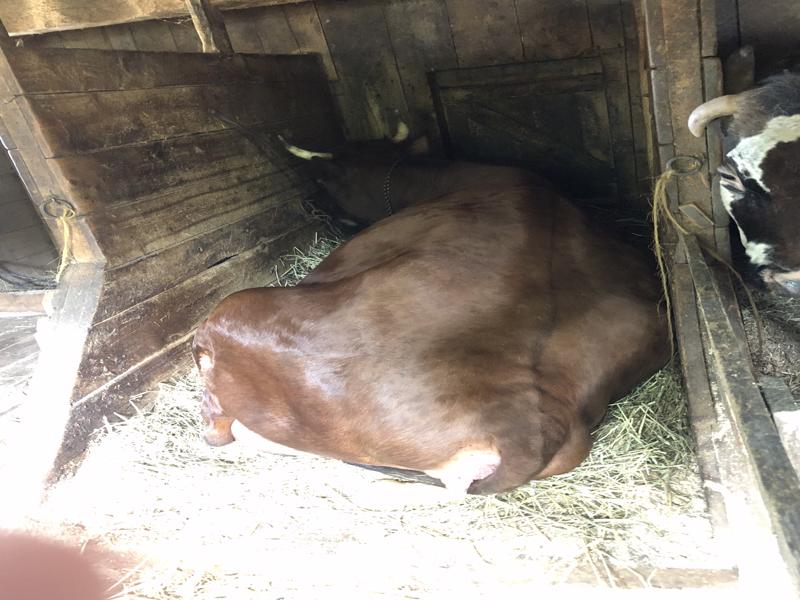
Momma Cow 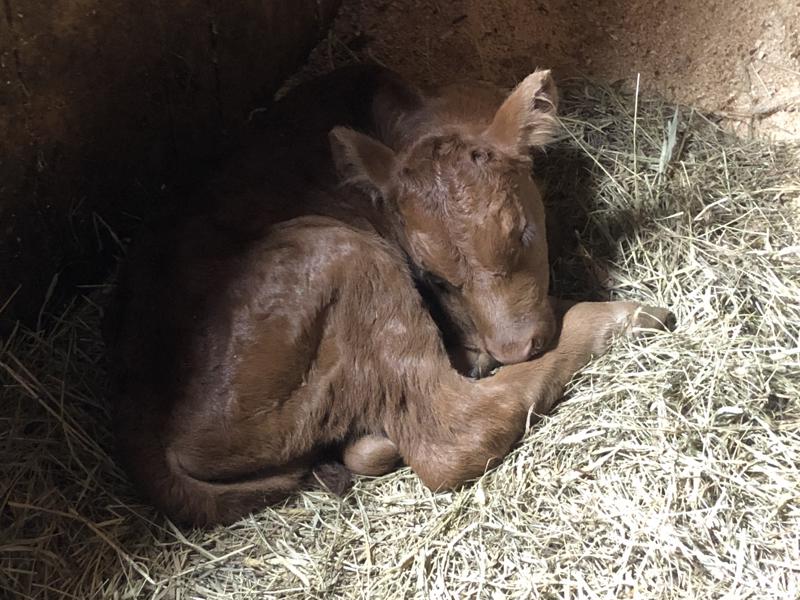
Calf-1 day old 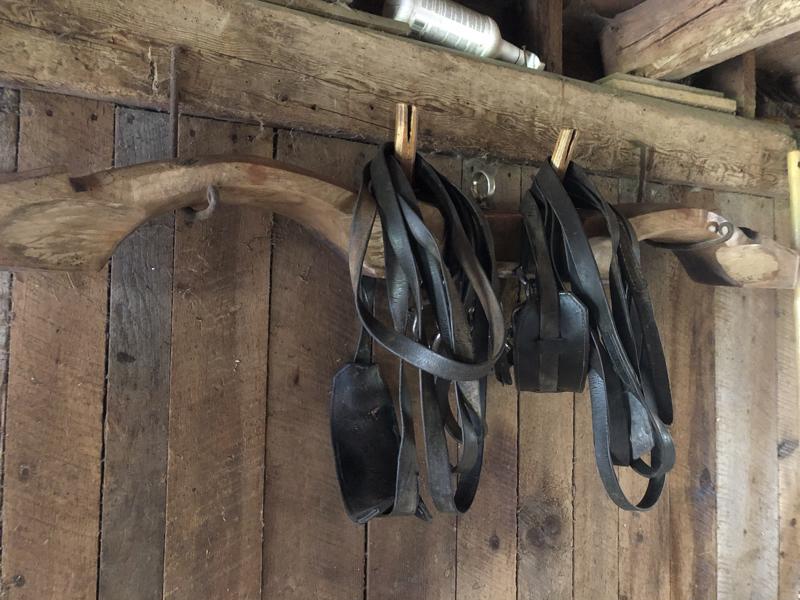
Yolk used on the oxen
Horse and Buggy Part of the experience is taking a horse and buggy ride. It amazes me how strong horses are. The buggy dropped us off at the Cooperage where we learned how barrels are/were made from in the 1800’s.
Cooperage The highlight on the farm was our trip to the Cooperage. If you had asked me before the trip what a cooper did I would not have known. The gentleman we watched has been making barrels for over 30 years. We enjoyed watching and talking with him so much we even bought one of his barrels and Zoom Zoom had him sign it!
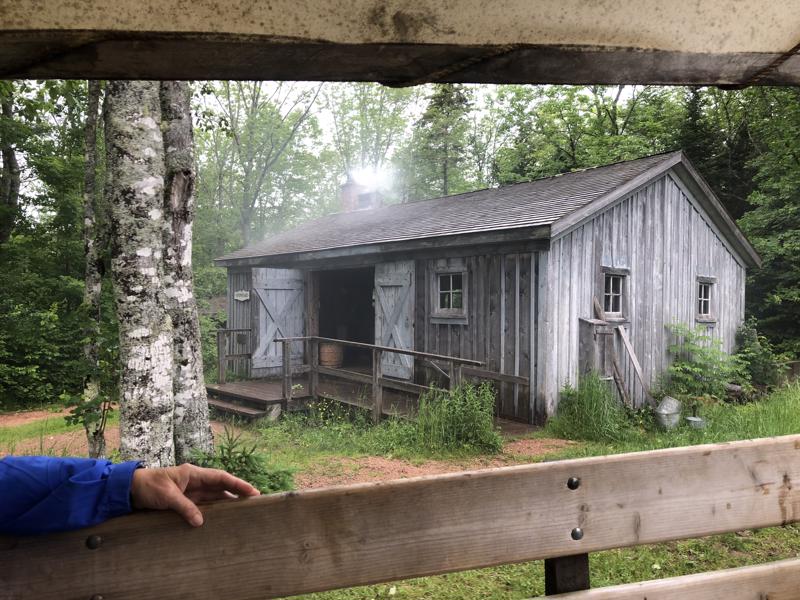
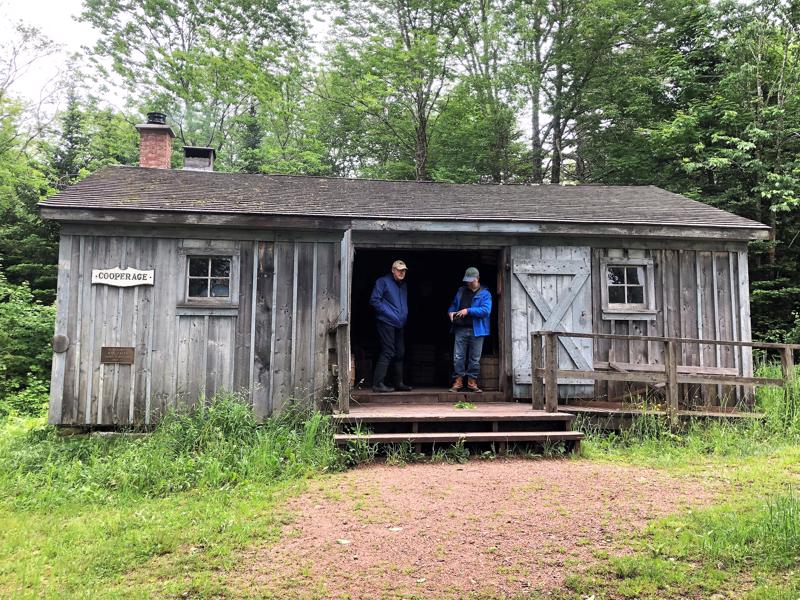
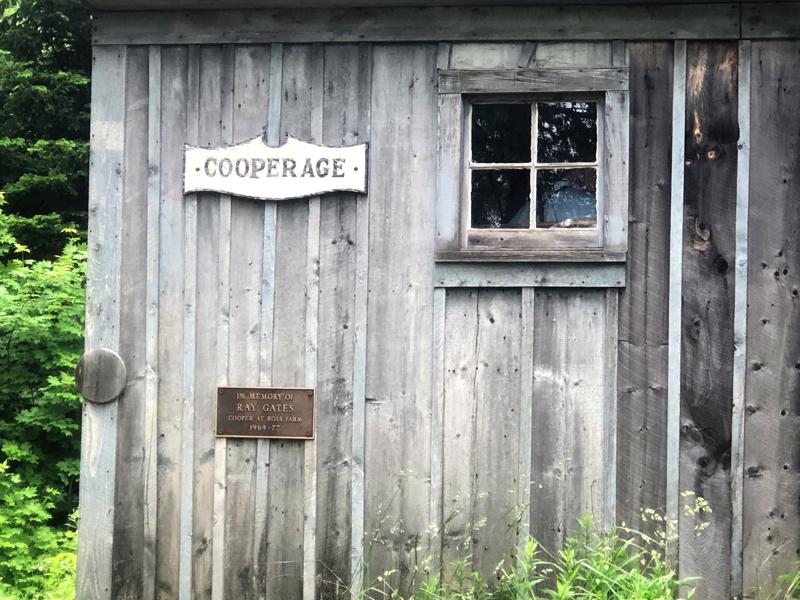
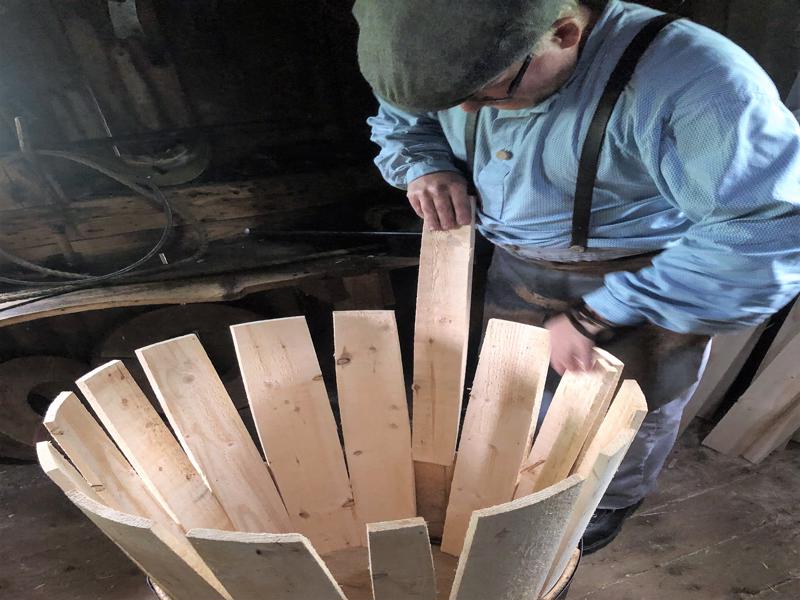
Walter is starting a barrel 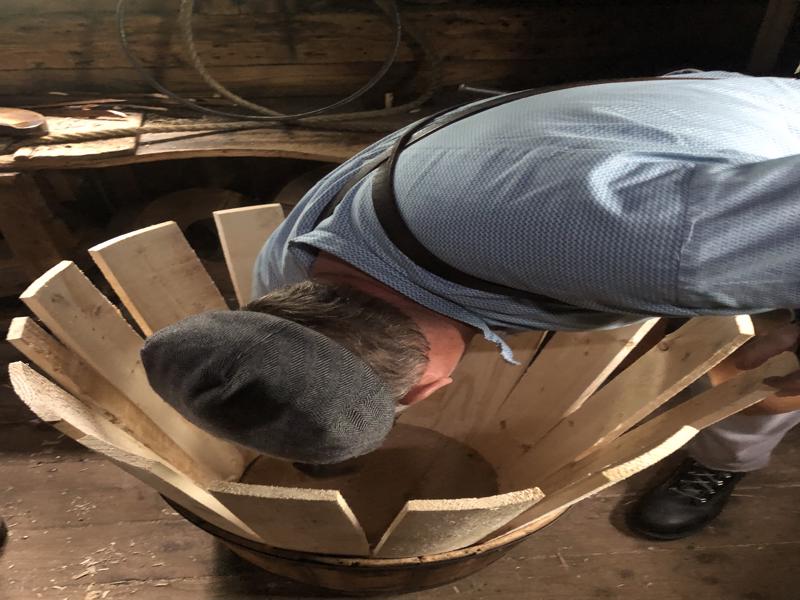
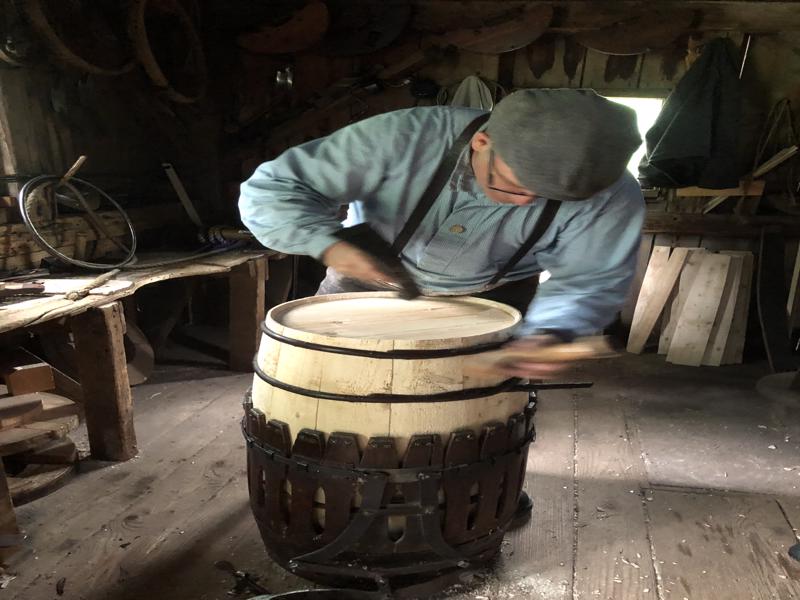
He is putting the willow around the barrel 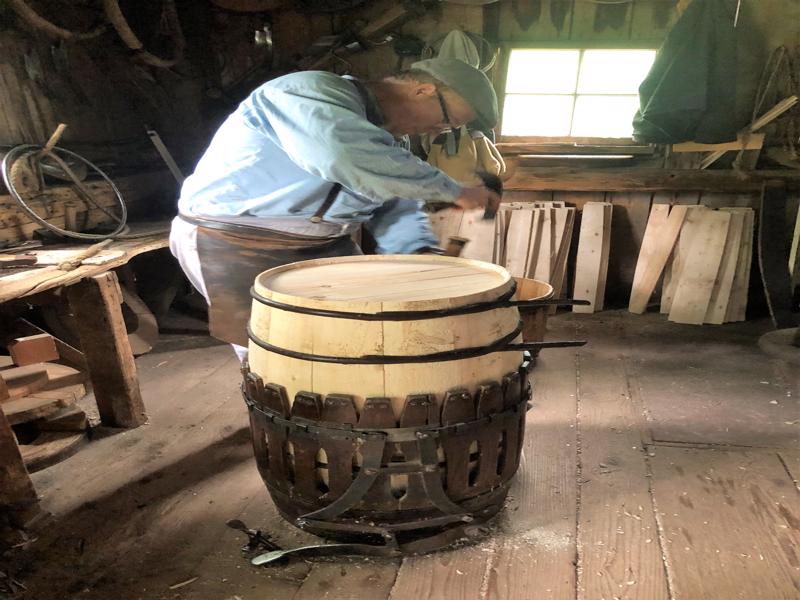
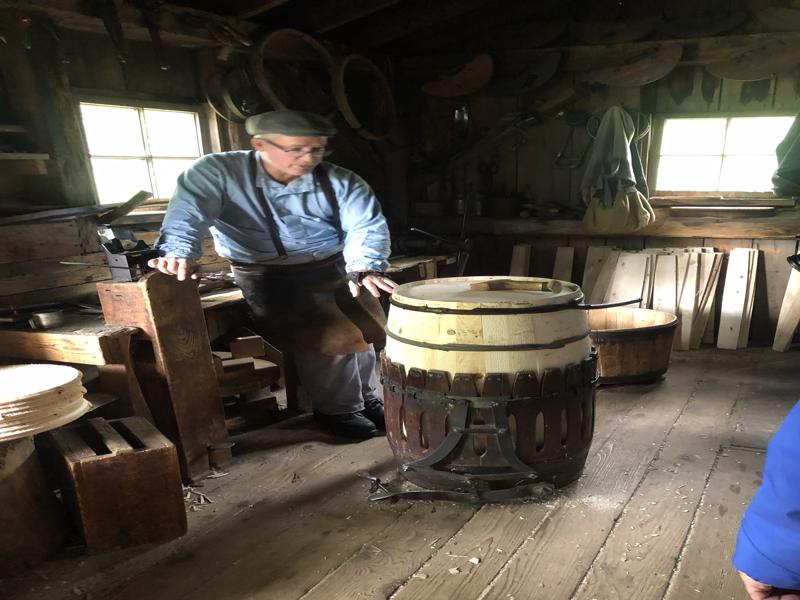
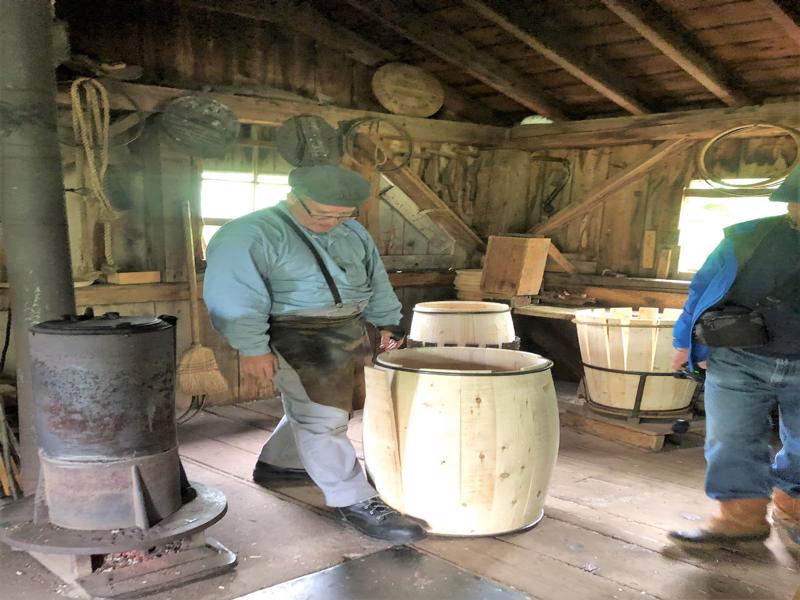
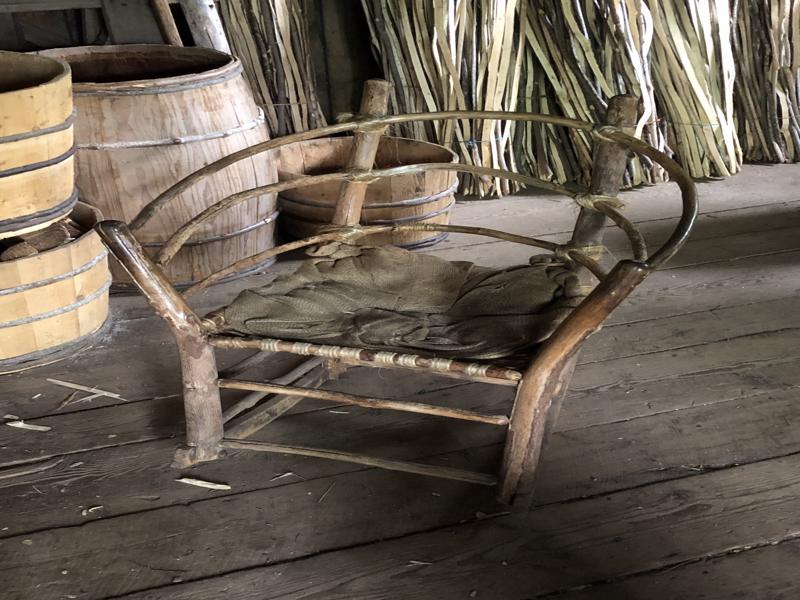
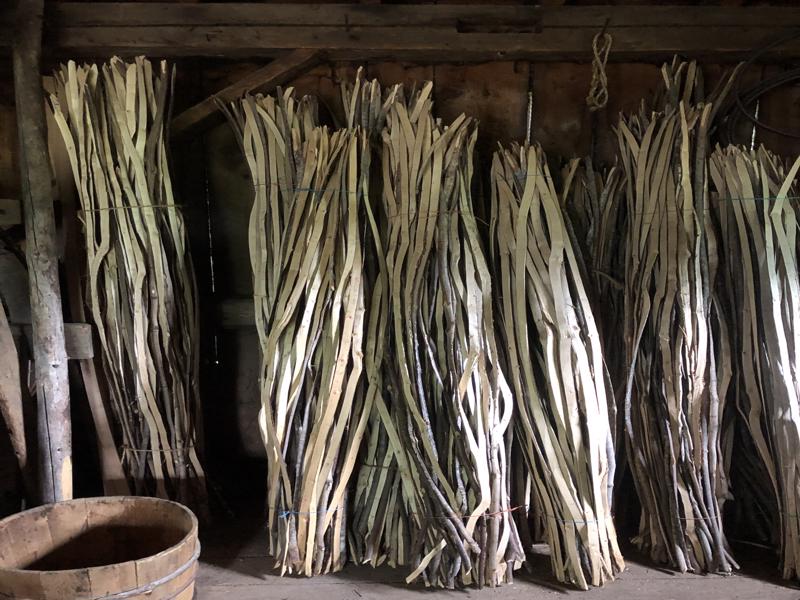
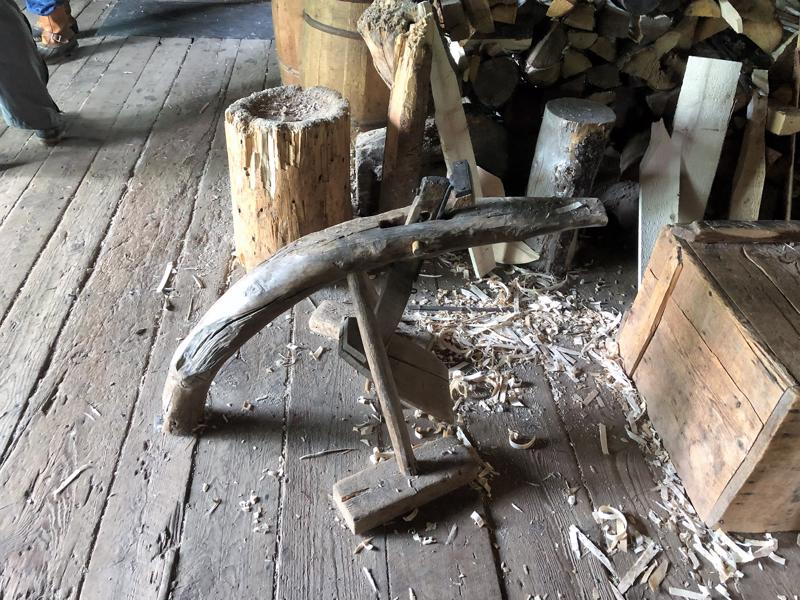
This slices the willow 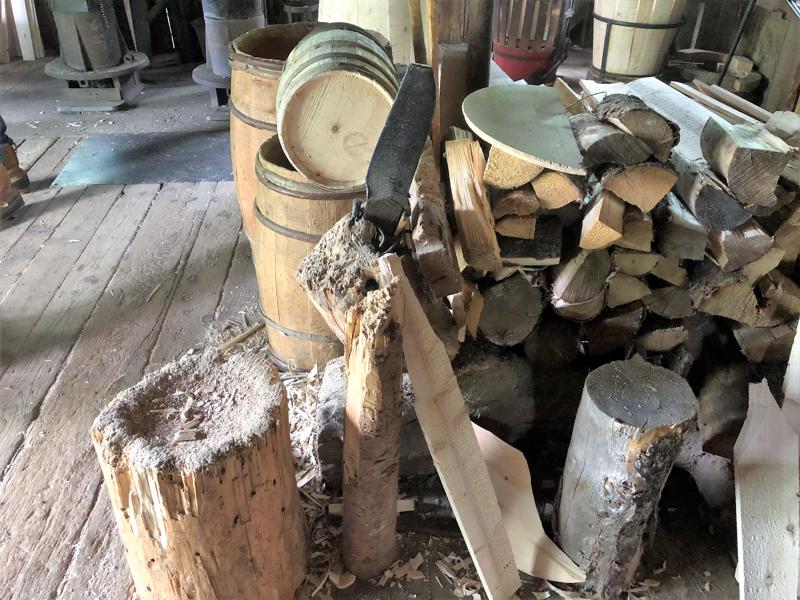
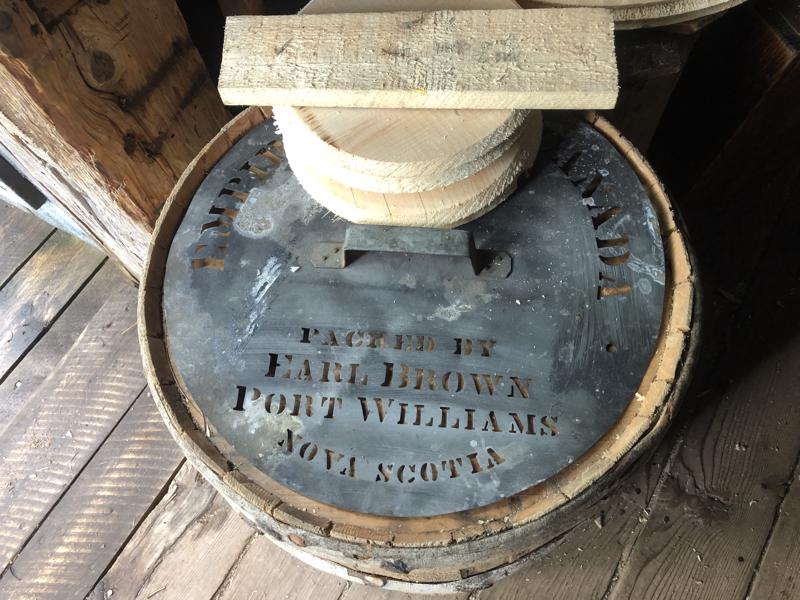
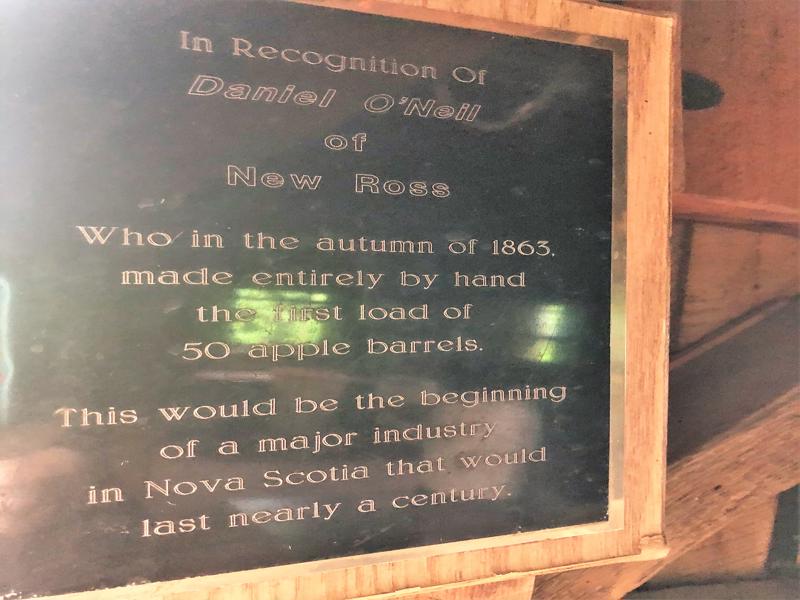
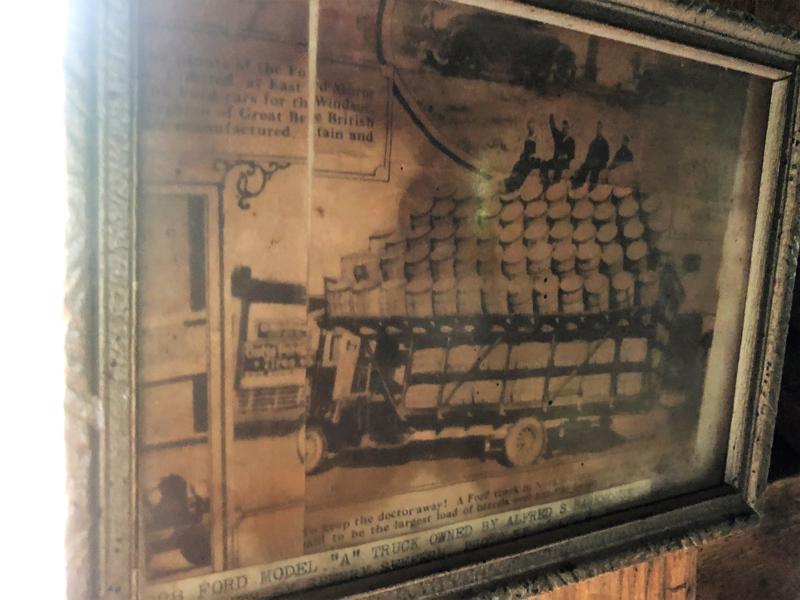
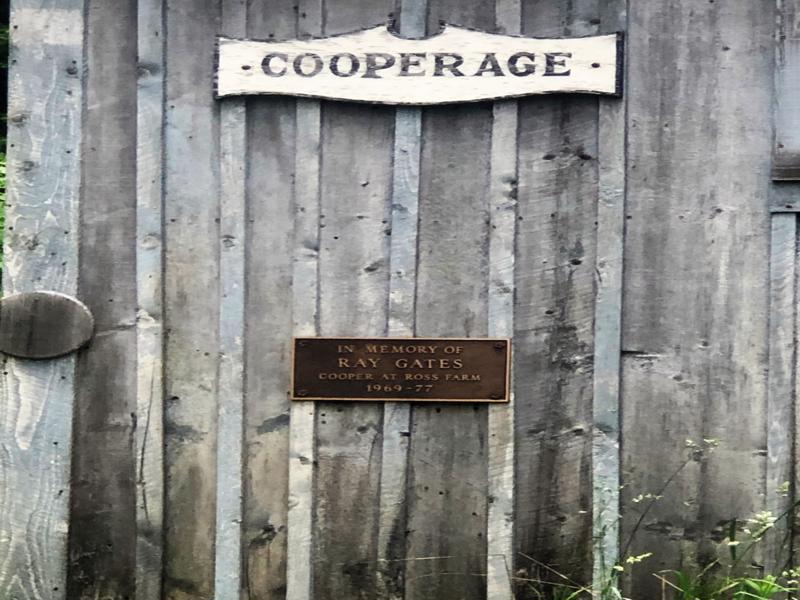
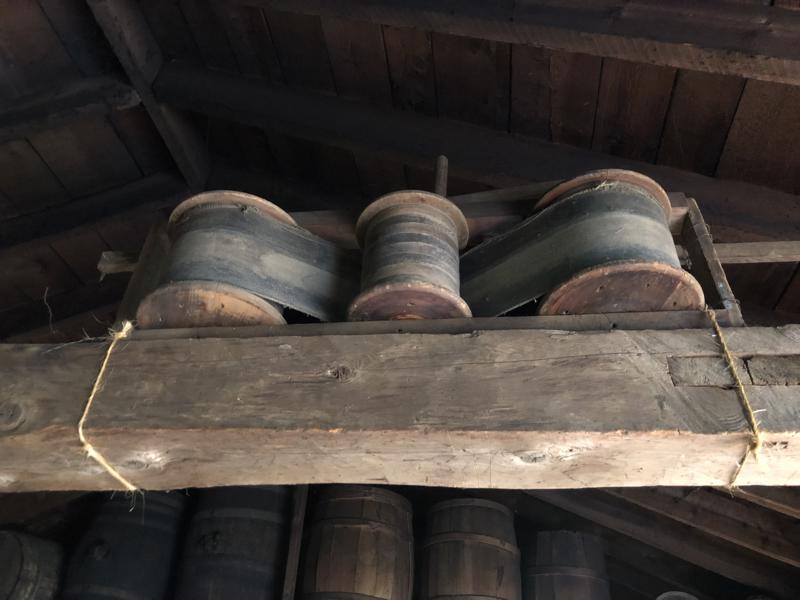
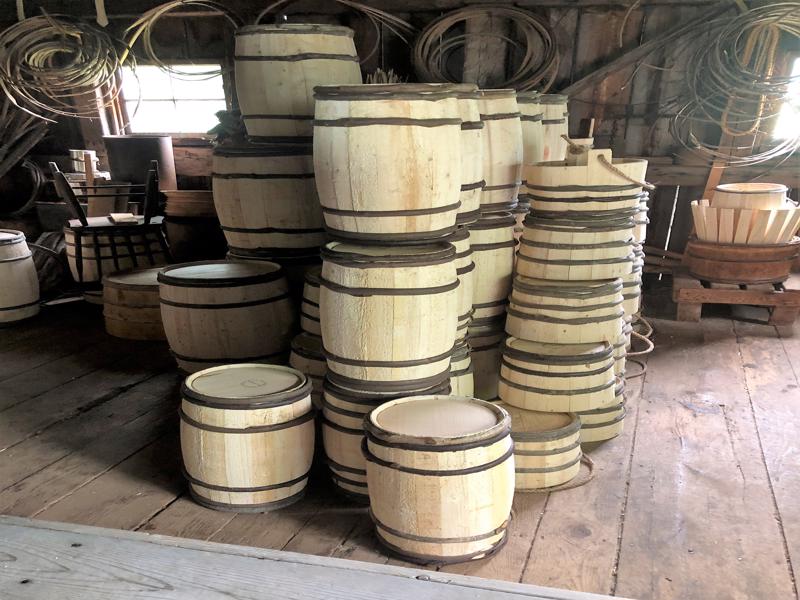
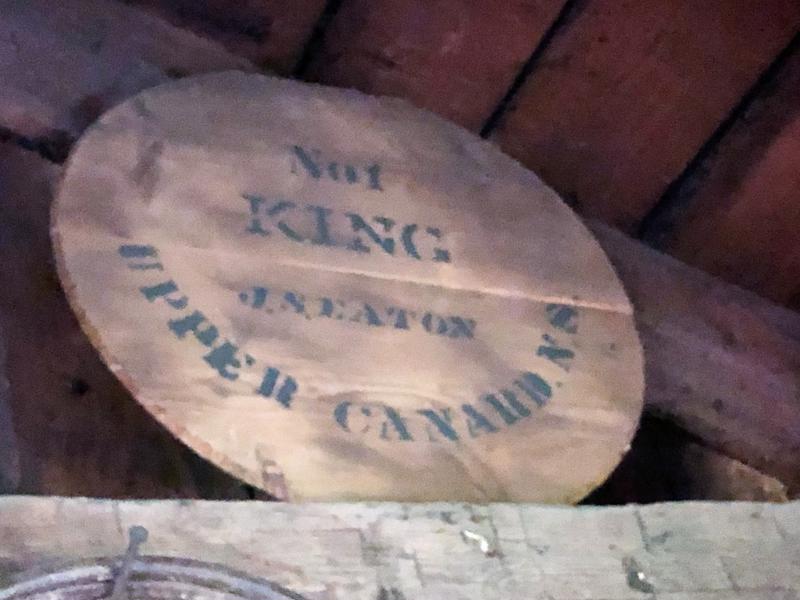
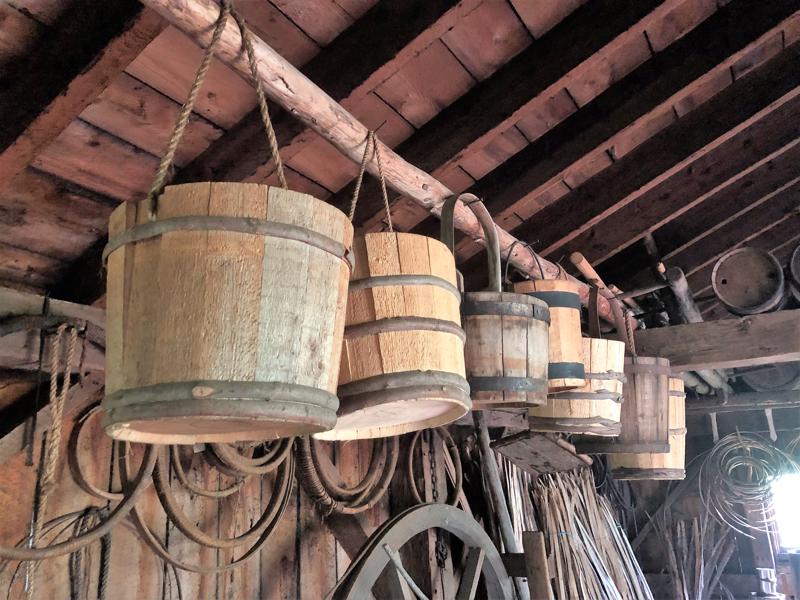
Our bucket barrel looks like the second one in 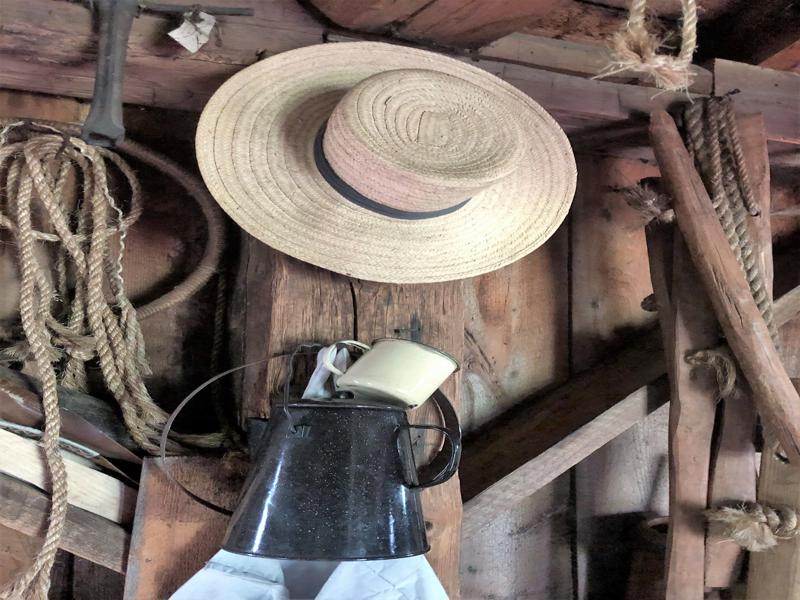
Walter’s hat for sunny days 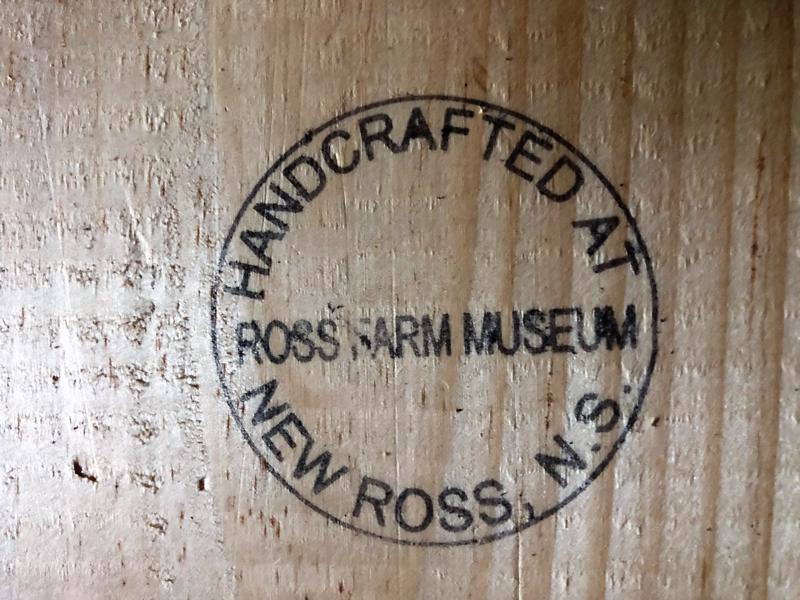
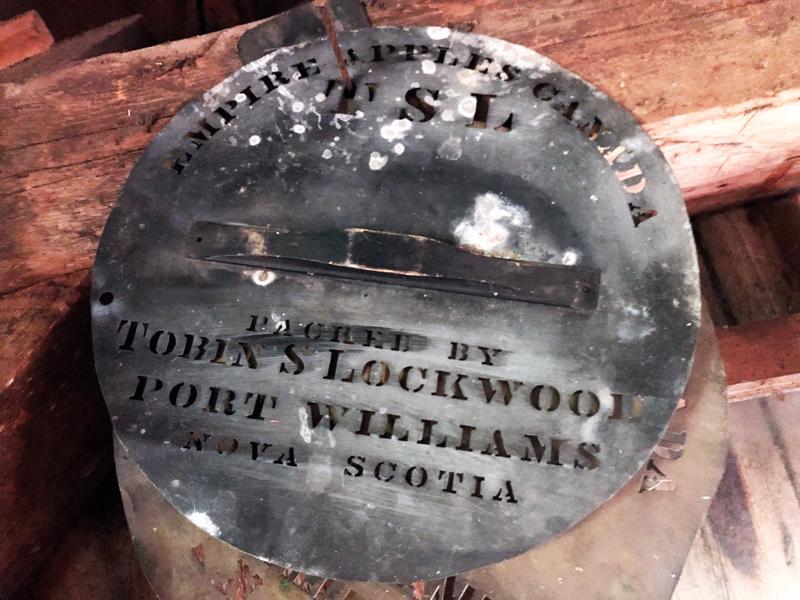
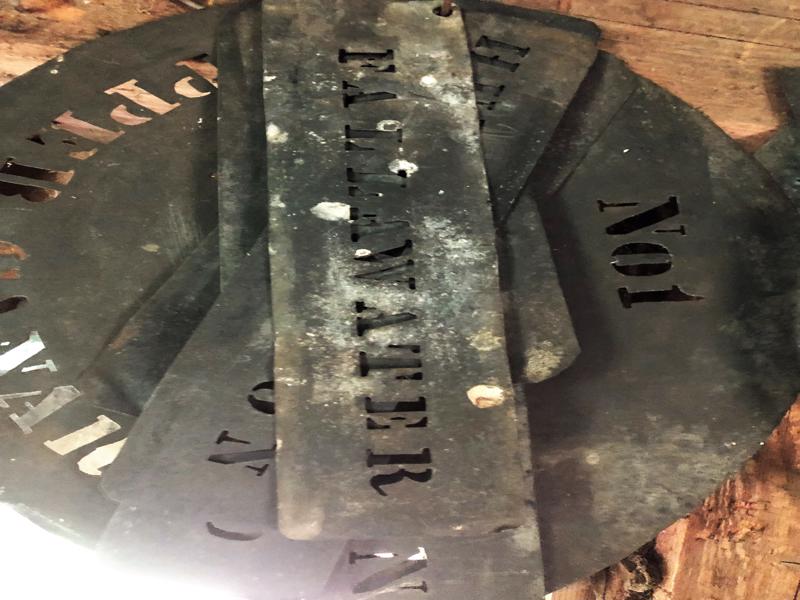
Blacksmith We visited the blacksmith’s shop. He wasn’t as friendly as Walter. This guy makes all the shoes for the oxen and horses on the farm. He wasn’t at all interested in showing us how he did anything. There was a contraption for holding the animals so they could be shoed. He said he will not shoe a horse only the oxen. It is kind of a status thing in the blacksmithing world (I guess.)
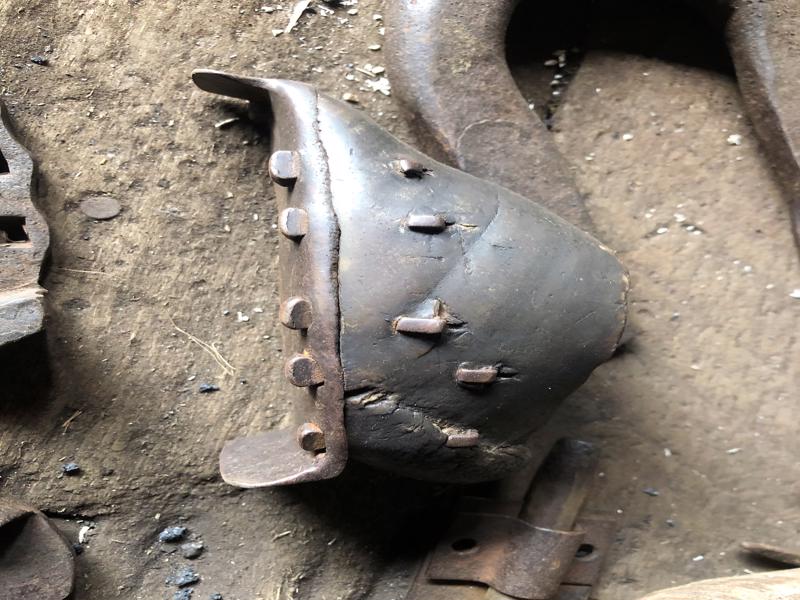
Shoe off of an oxen that had it’s’ nails clipped. 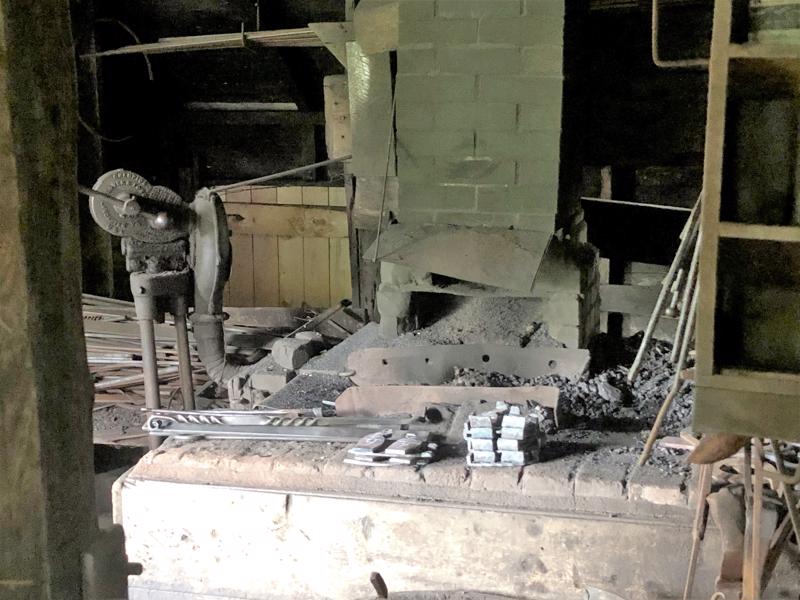
Where he gets things hot 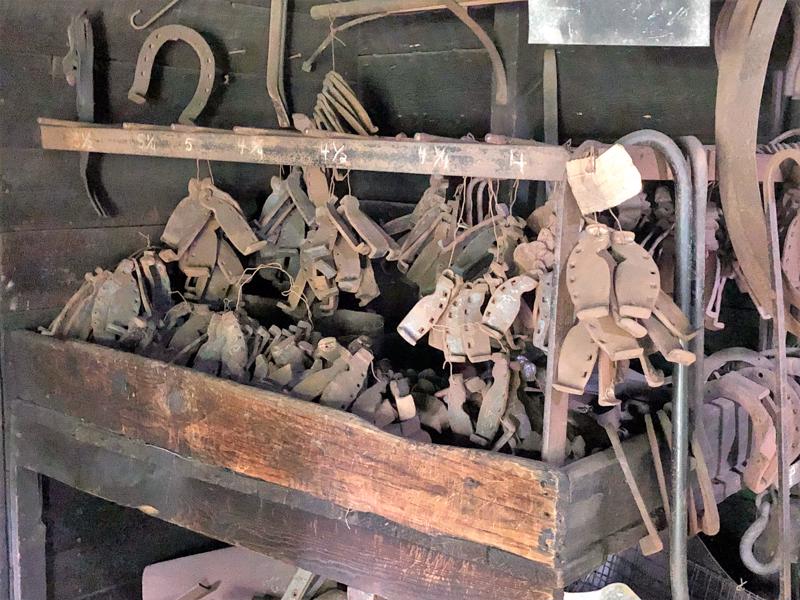
His stash of ‘shoes’ for the oxen 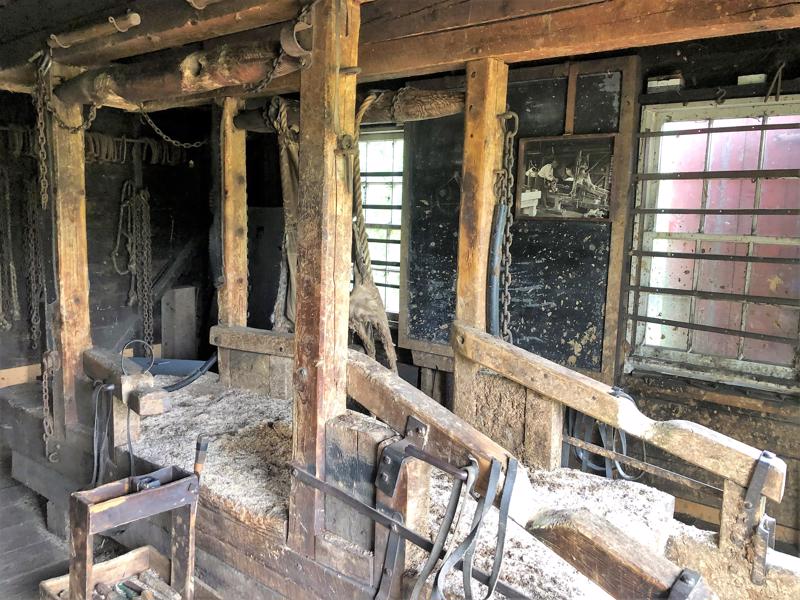
The contraption for holding the animal. There was poop EVERYWHERE! 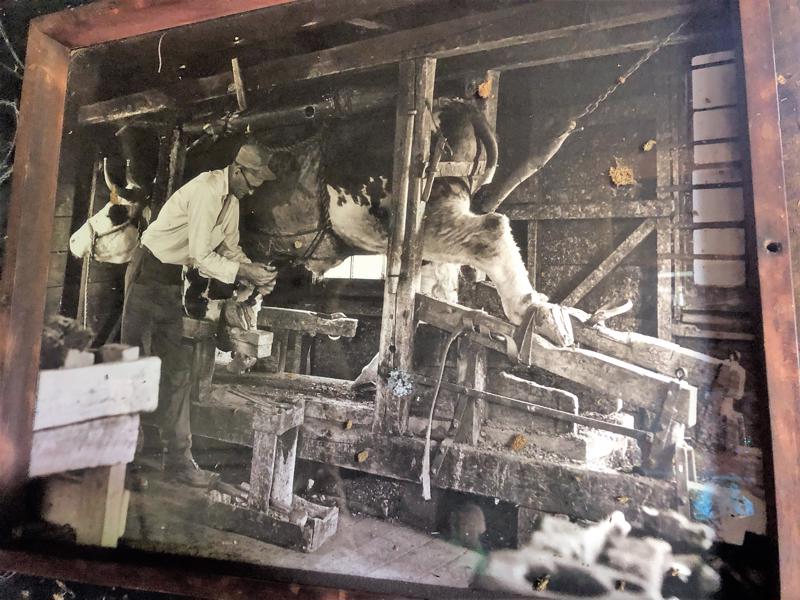
House We entered through the ‘summer kitchen.’ This room was attached to the house like an afterthought. The young girl had a fire going in the stove so the room was pretty toasty. She walked us though the house to what we would call the family room. There was a spinning wheel in the corner. She plops down and begins to demonstrate how to use it-she was turning wool into thread! That was impressive. The stairs to the second floor were almost as steep as using a ladder. I don’t know how they ever got any furniture up there.
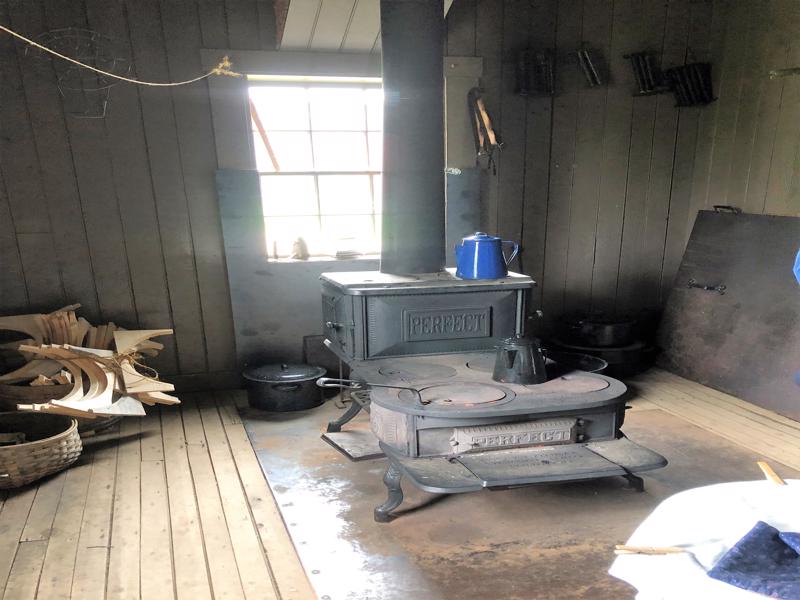
Summer kitchen 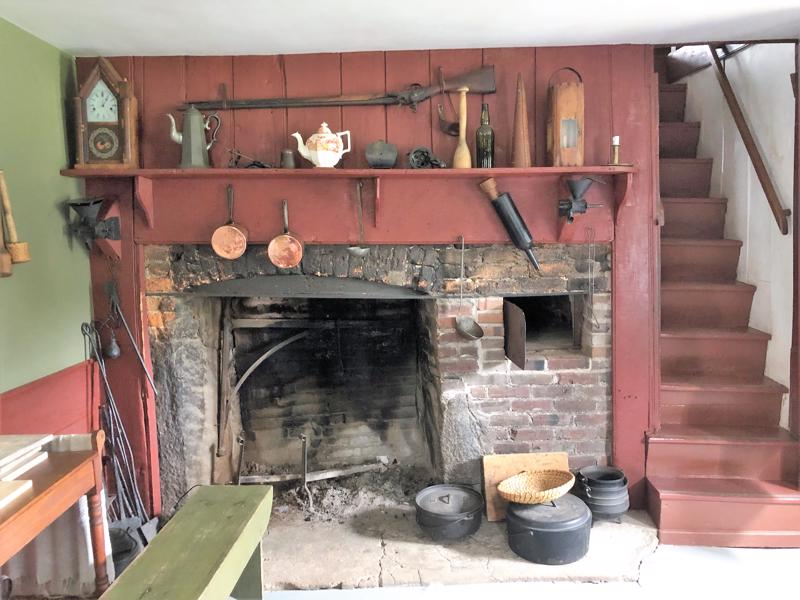
Main ‘kitchen’ and fireplace 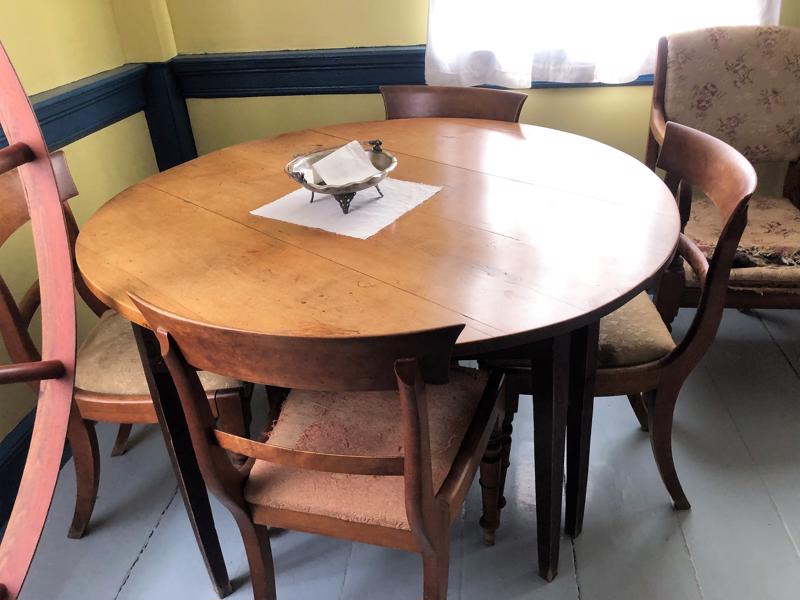
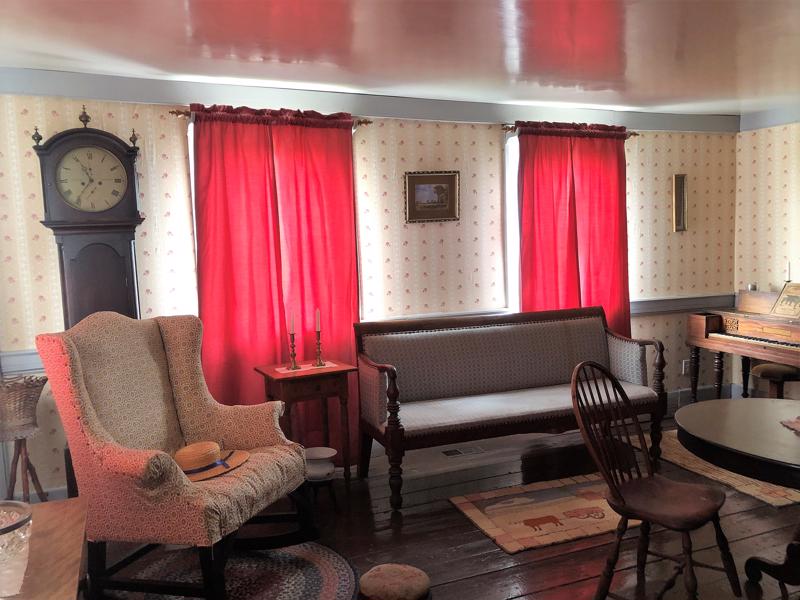
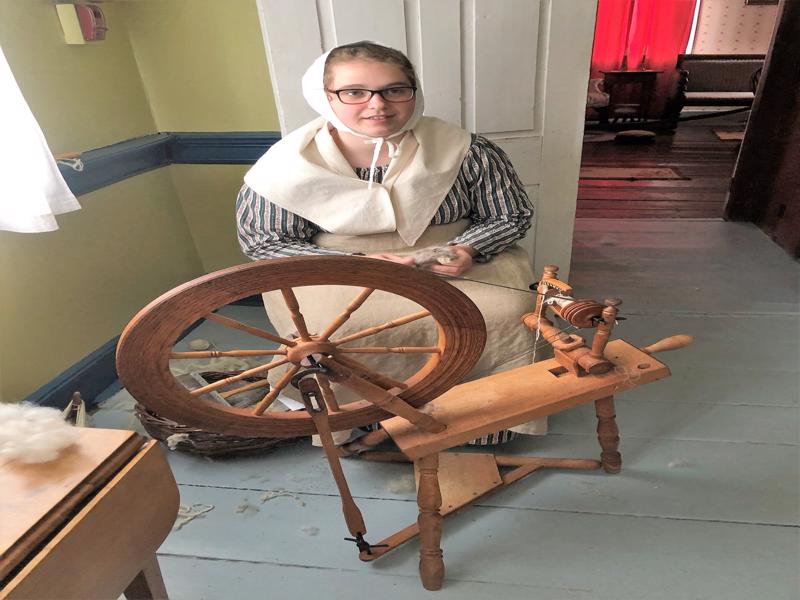
Spinning wheel demo 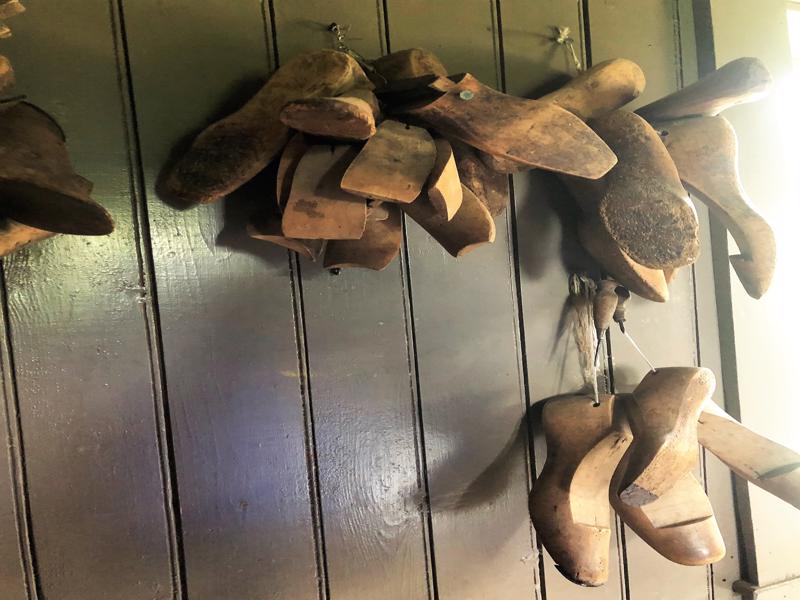
Someone was a cobbler 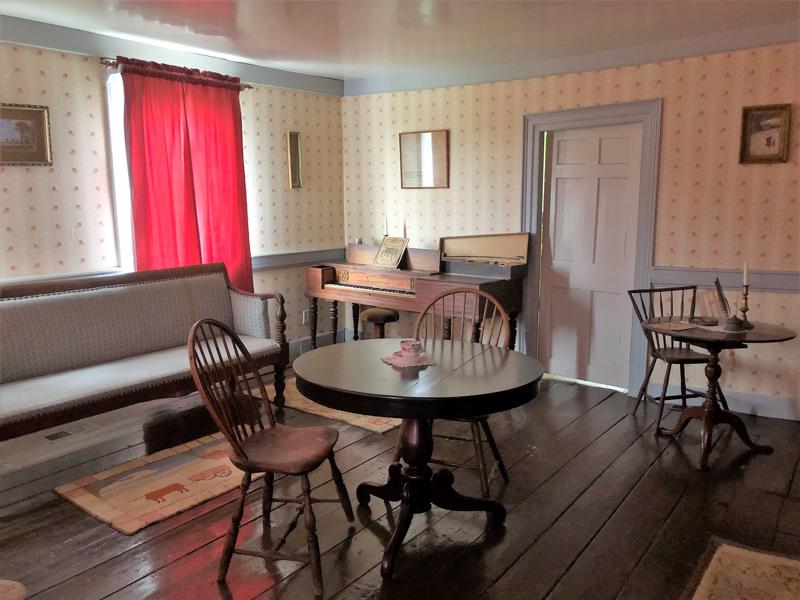
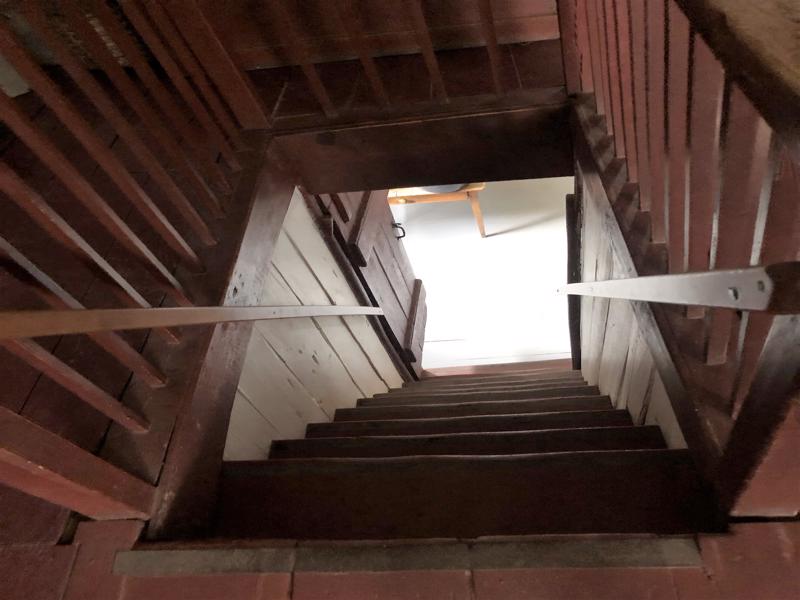
Here are those stairs 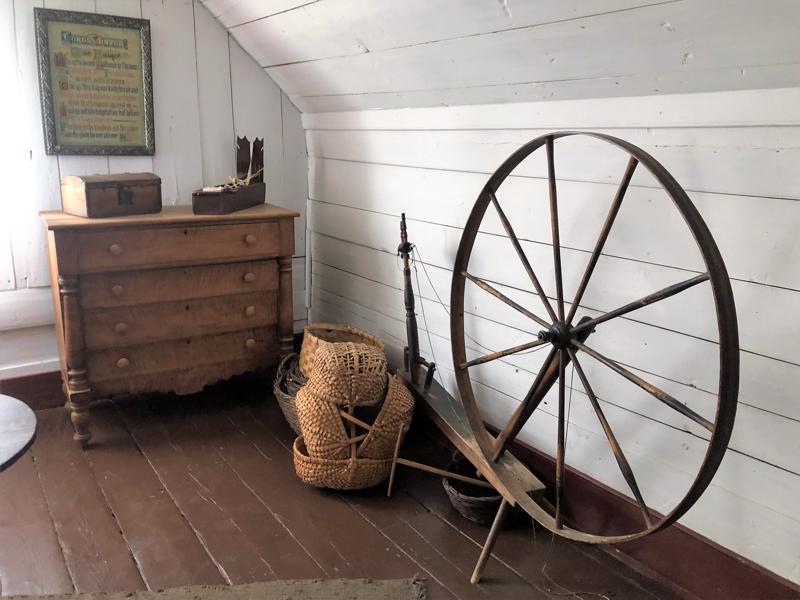
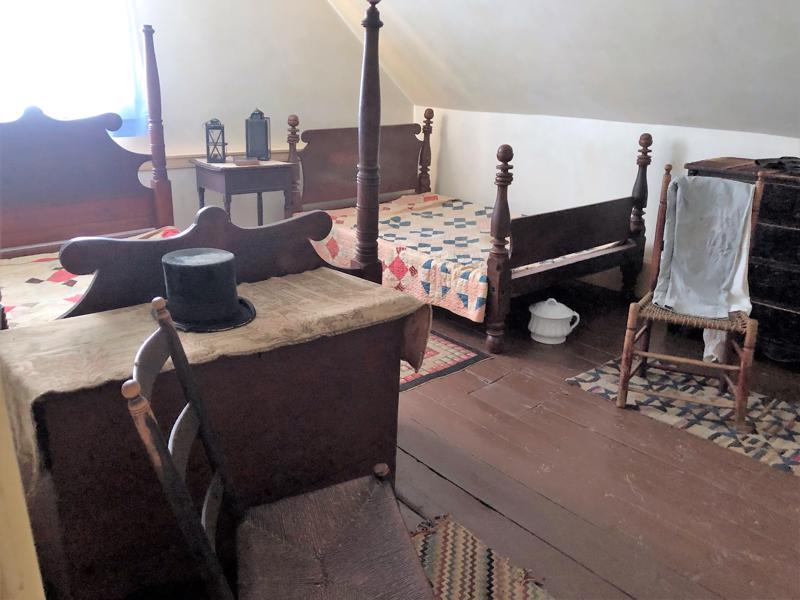
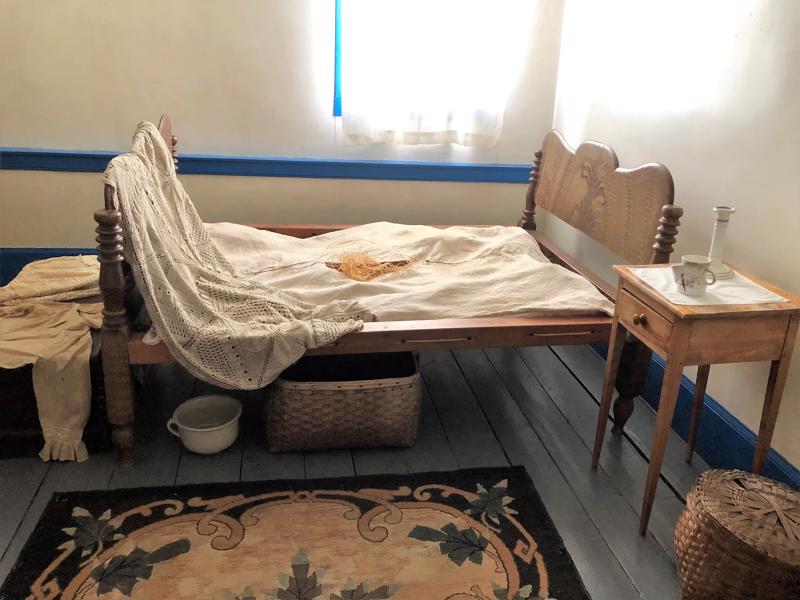
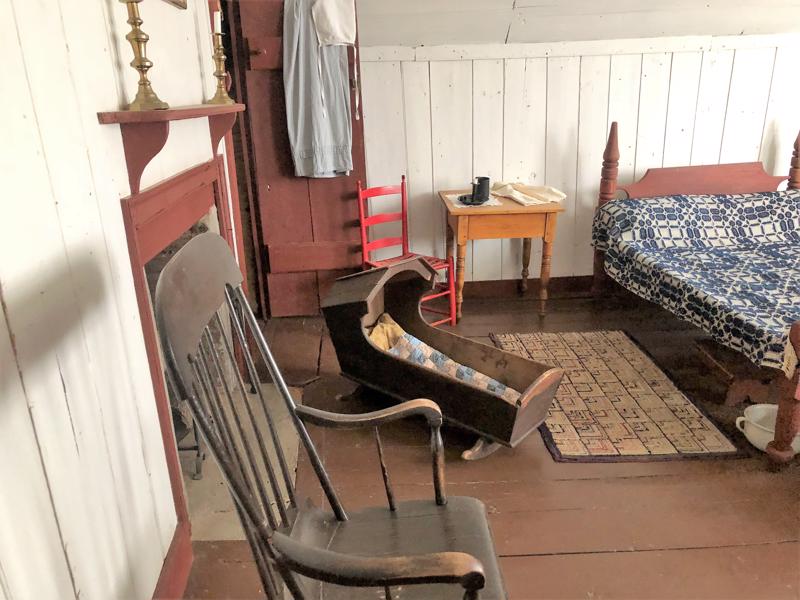
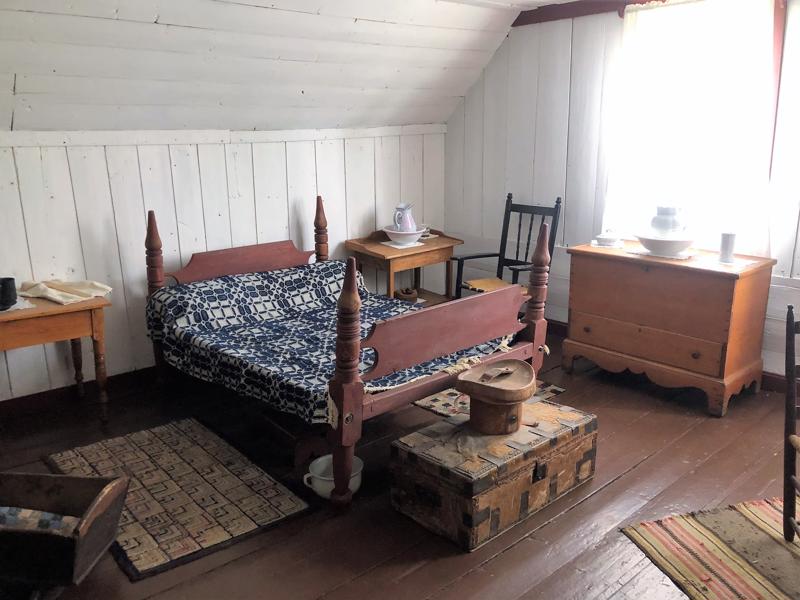
Around the Farm
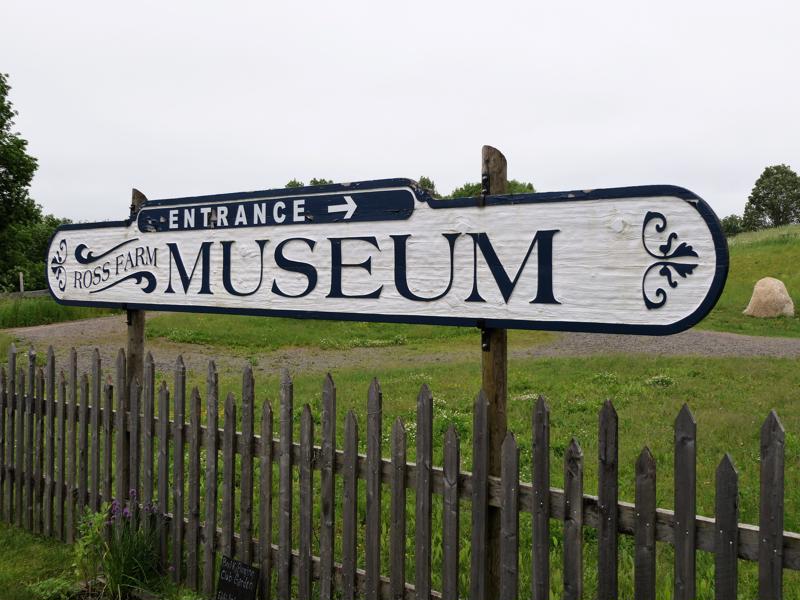
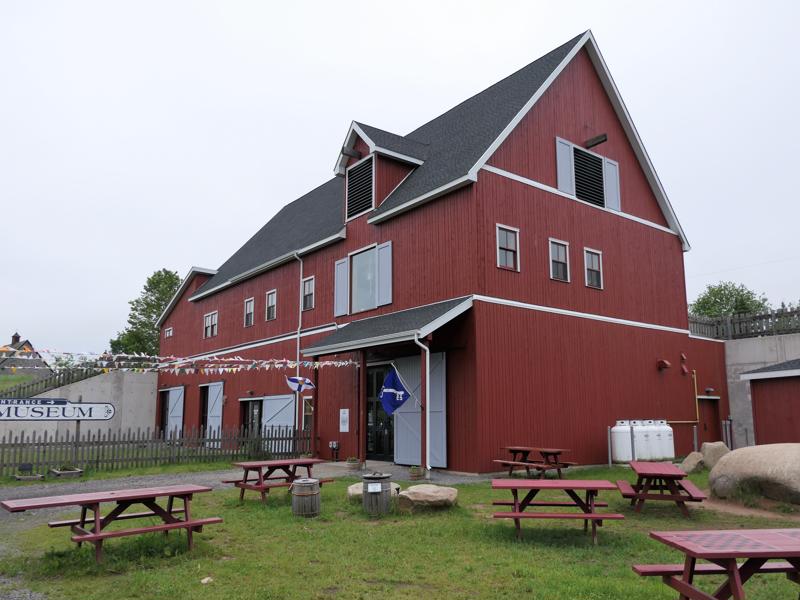
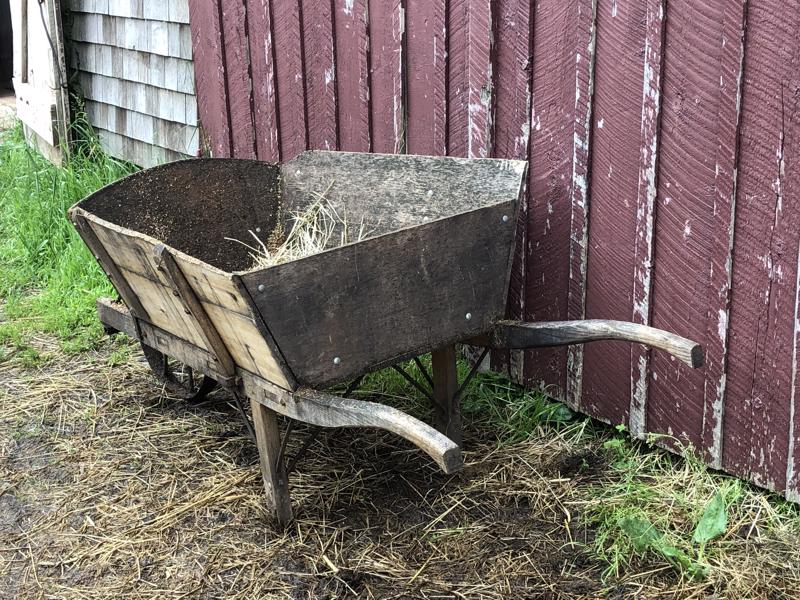
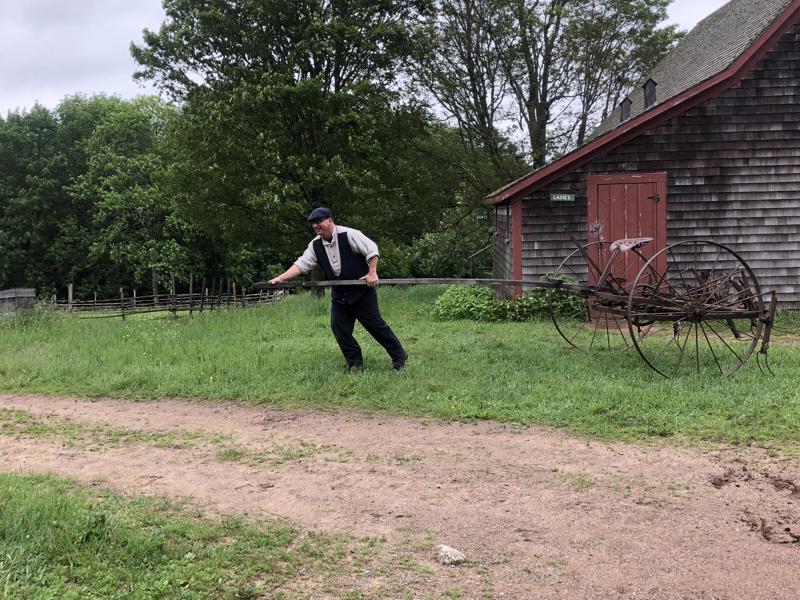
He was moving the equipment 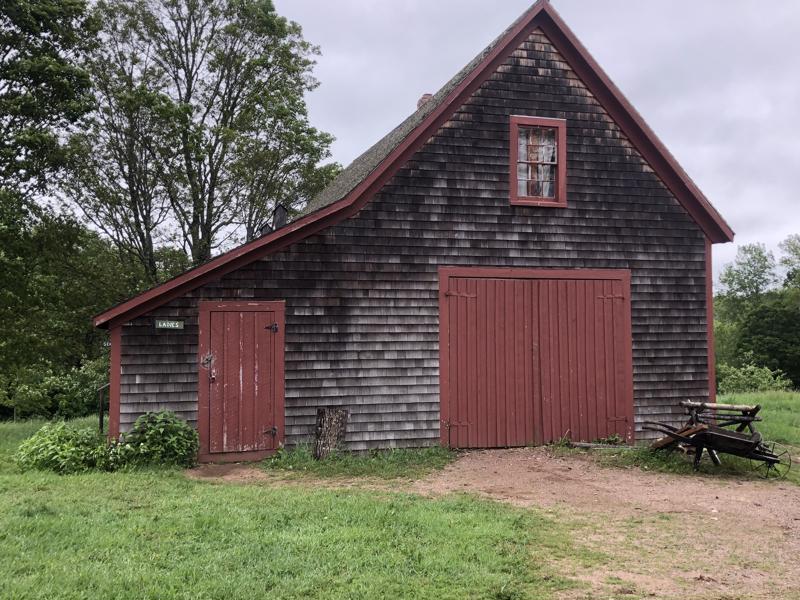
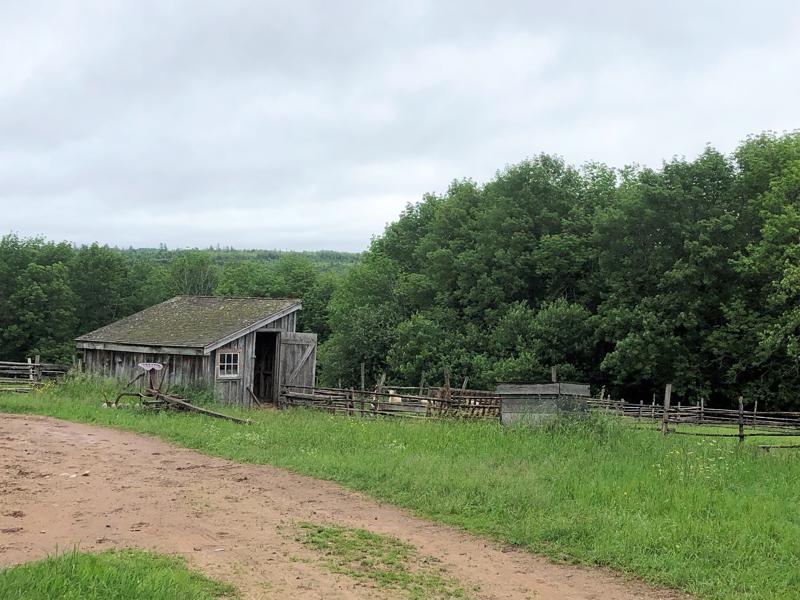
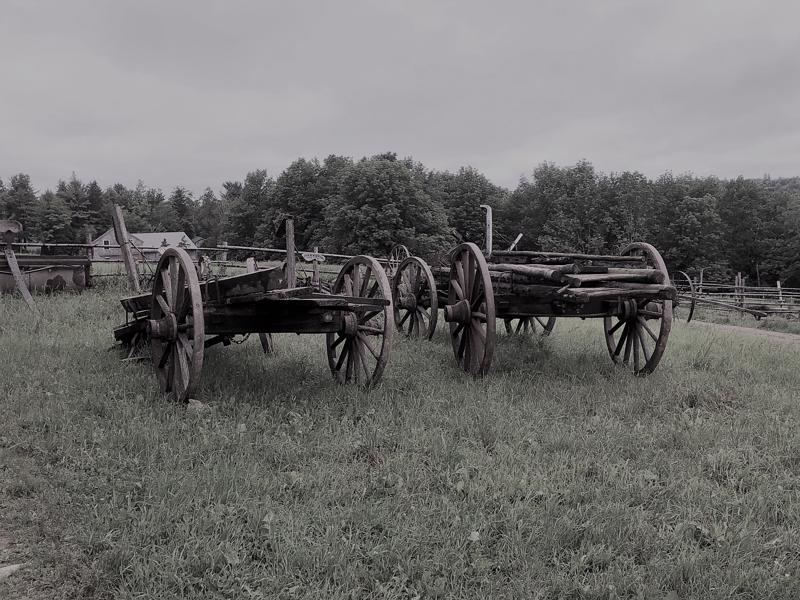
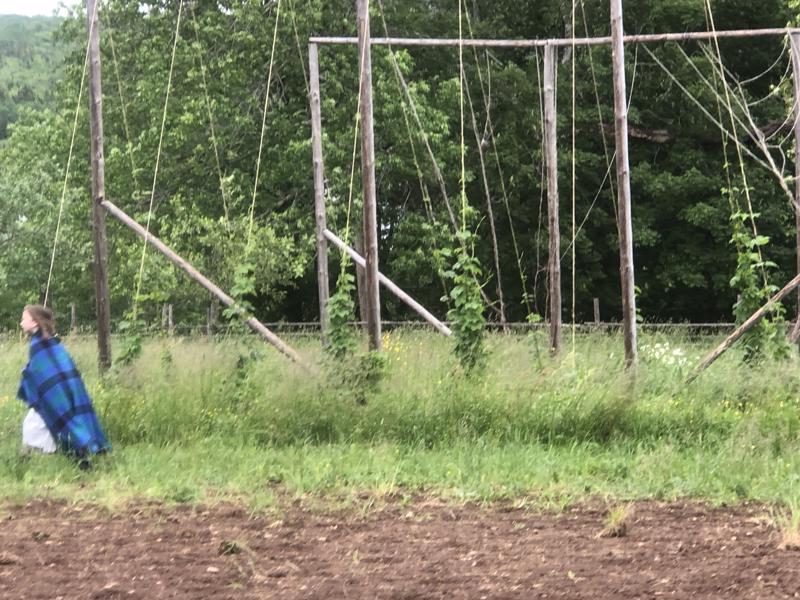
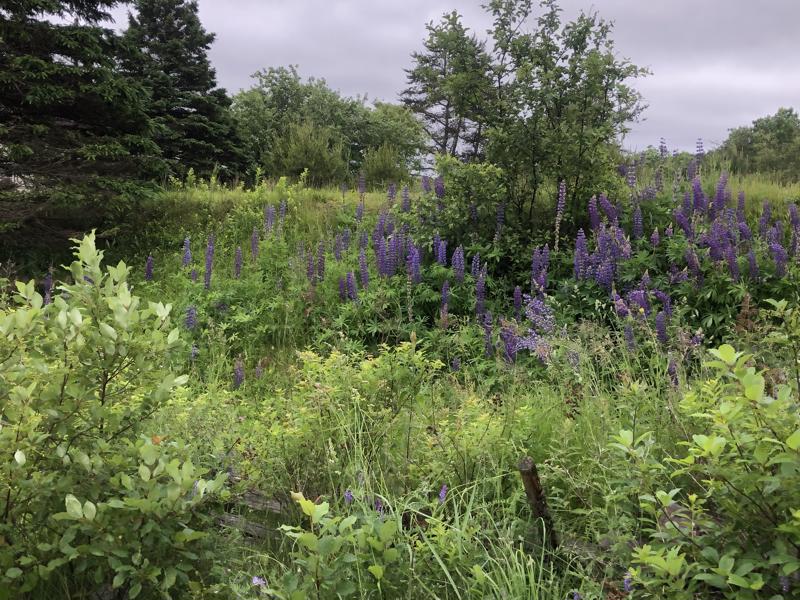
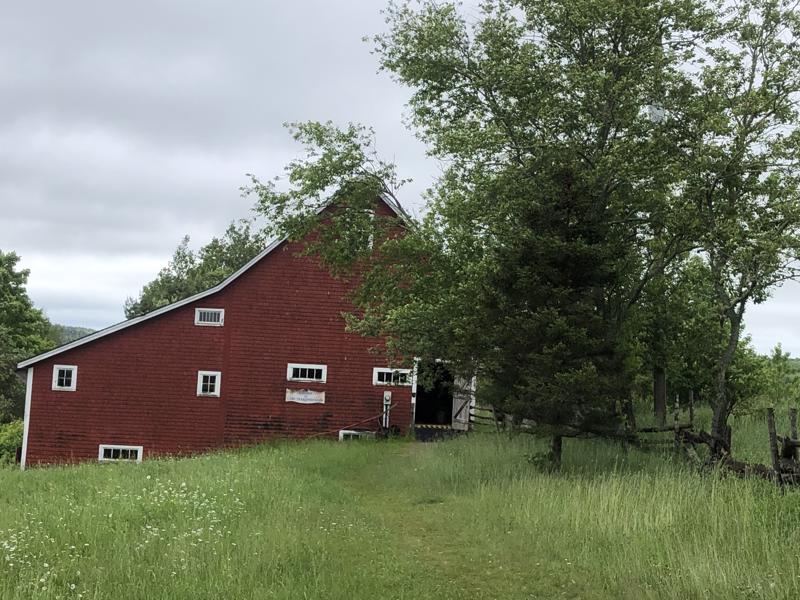
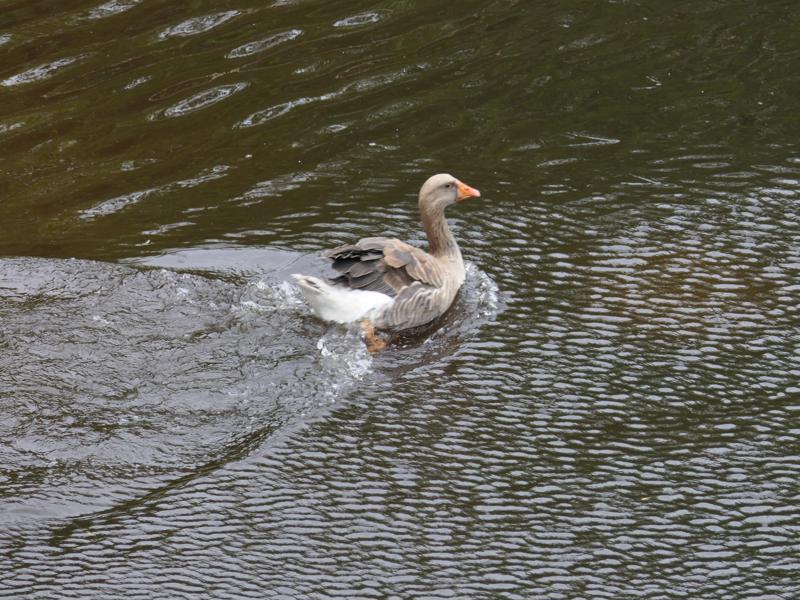
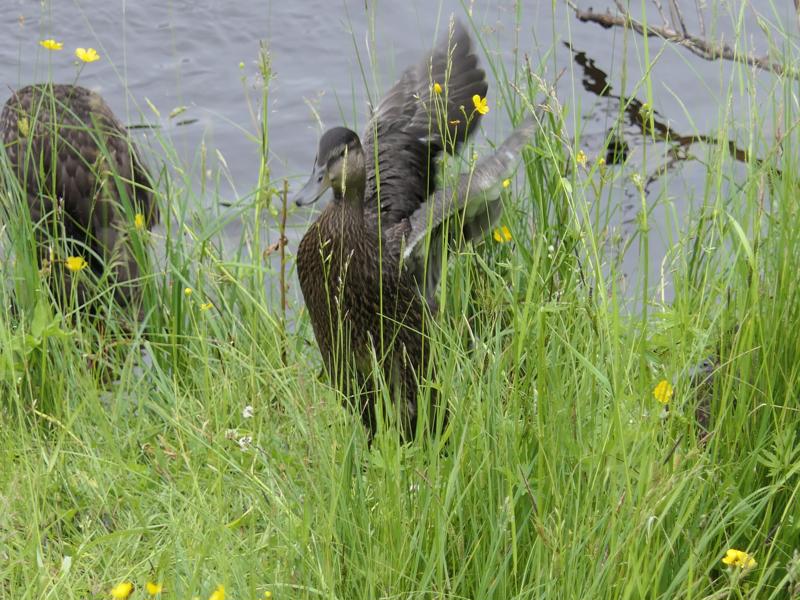
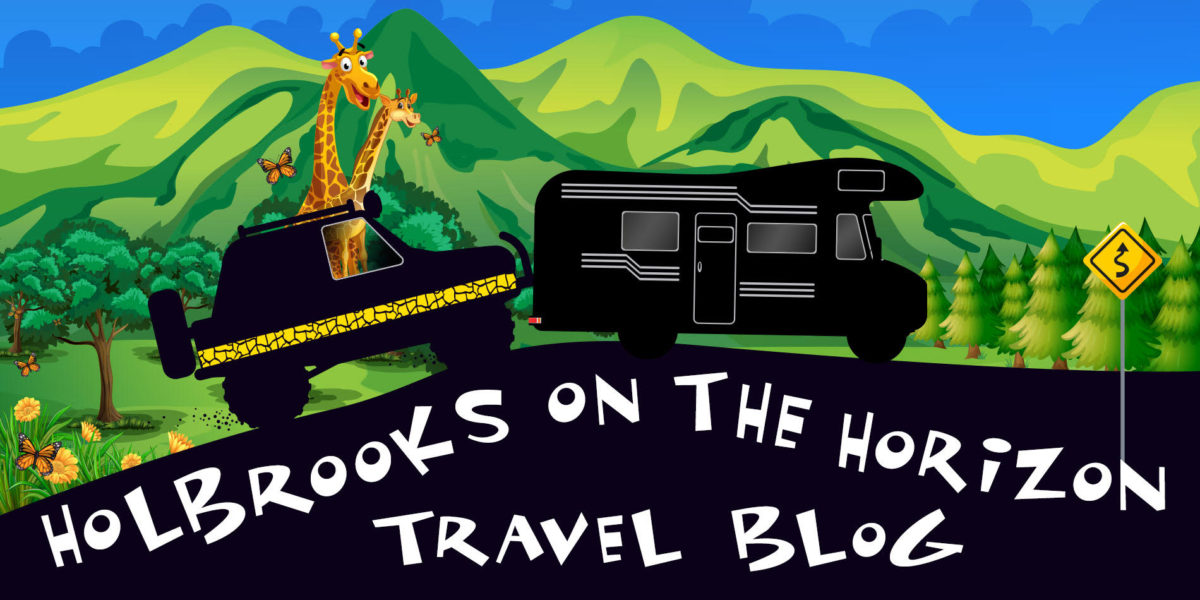
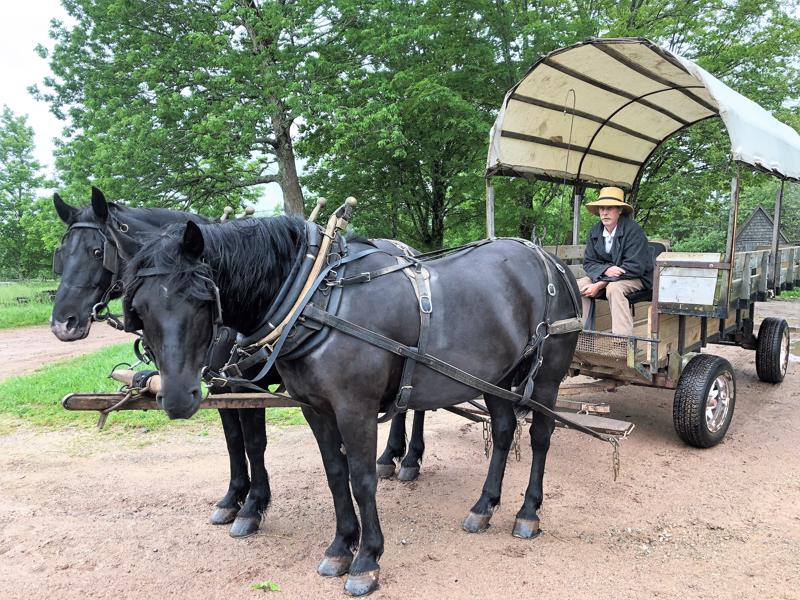
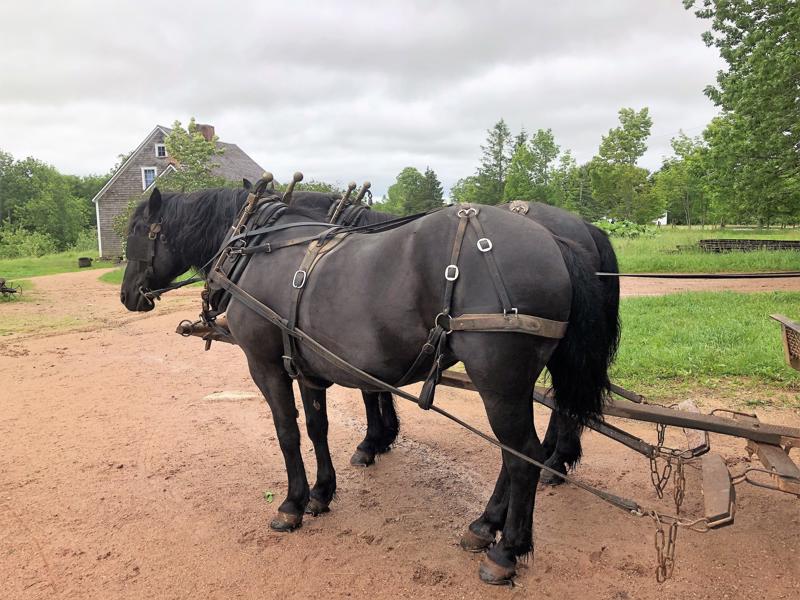
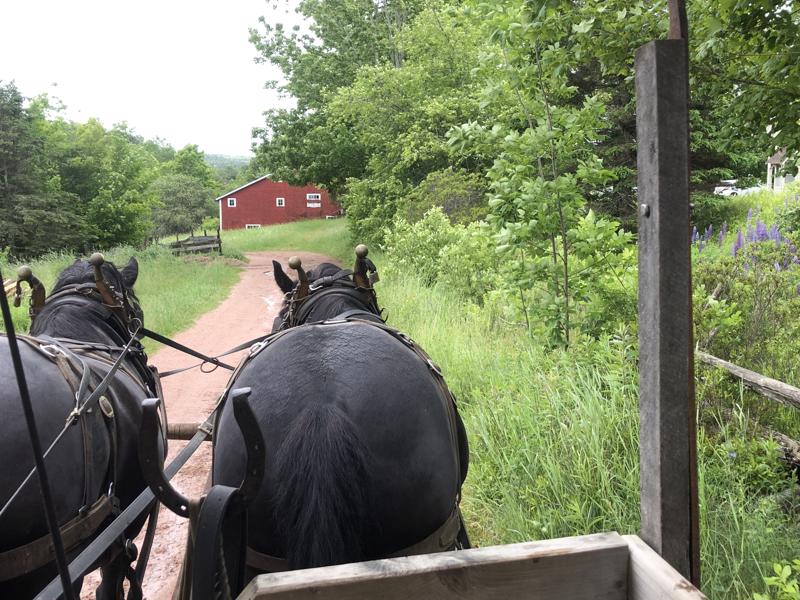
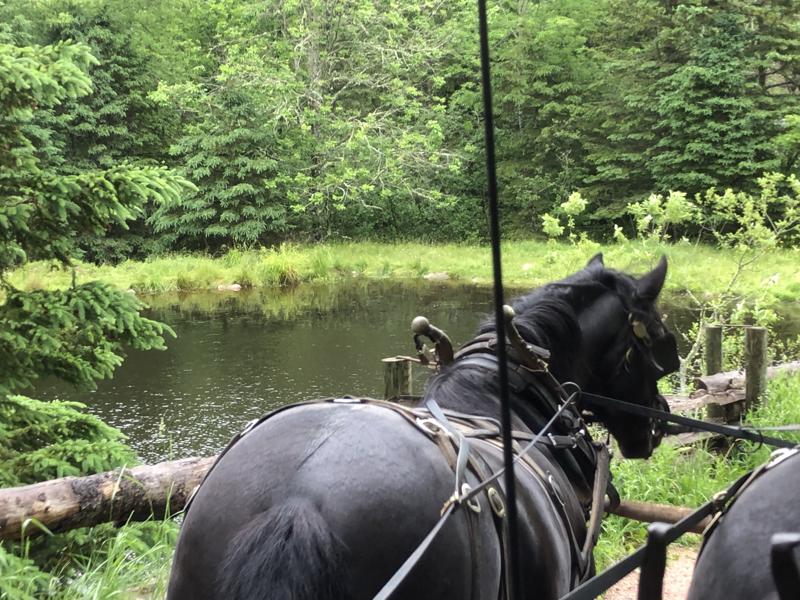
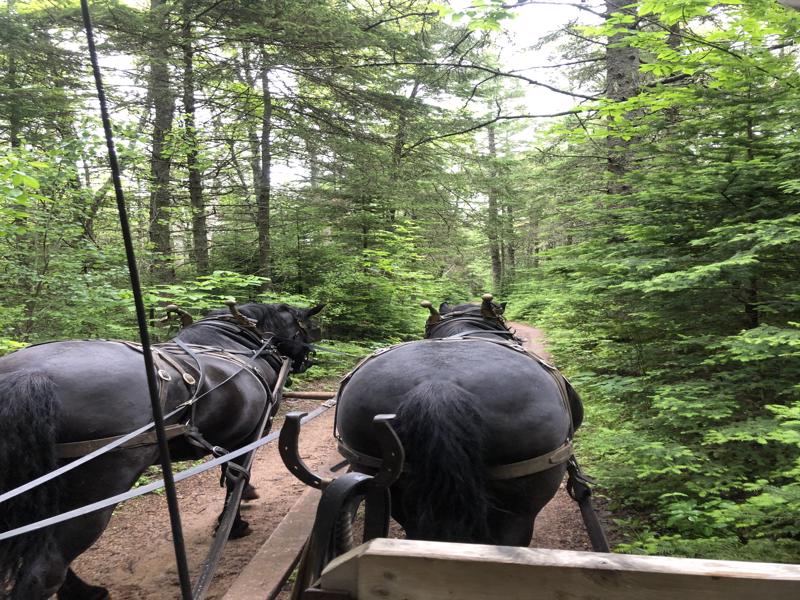
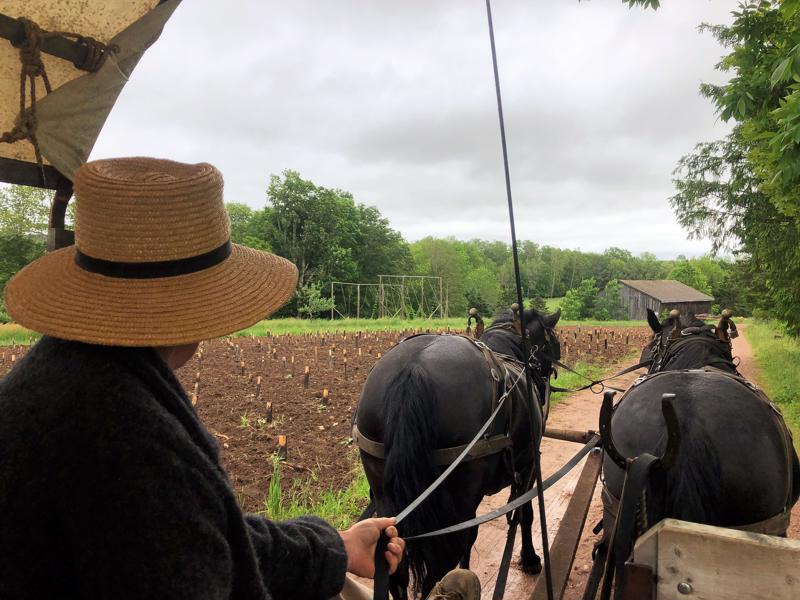
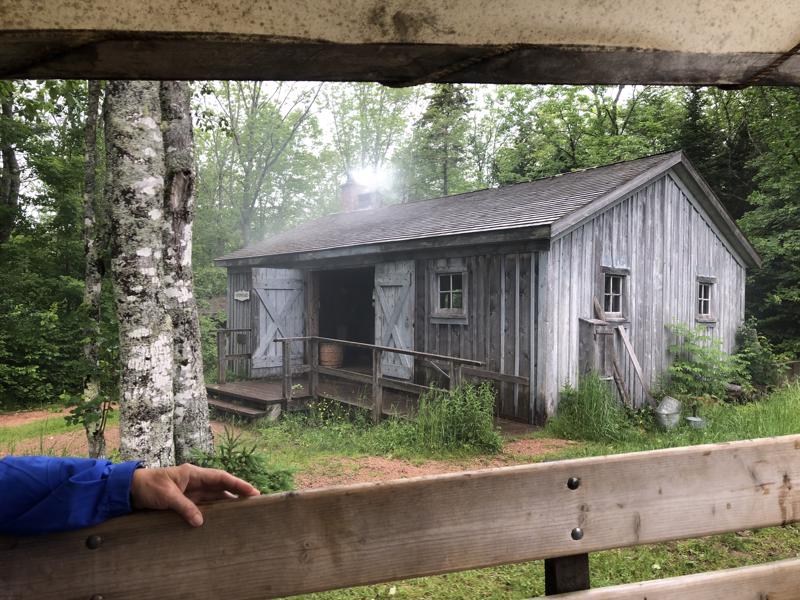
Lots of history. Love those kinds of tours.
Neat OLD place. It takes a lot to keep something like that running.